Wine is constant proof that God loves us and loves to see us happy.
Moving a wine collection isn’t as simple as packing books or clothes. It’s an overwhelming task requiring careful planning and precision. After all, each bottle you own holds more than just wine—it’s a memory, a taste of the vineyard, and sometimes, a significant investment.
Did you know that the wine industry in the U.S. is valued at over $90 billion annually?
Many people are unaware of how fragile wine is during a move—both physically and chemically.
In the United States alone, an estimated $150 million worth of wine is damaged yearly due to improper packing and handling during relocations.
This is why knowing how to wrap a wine bottle for moving is essential for any wine lover. The good news is that with the right strategy and materials, you can move your collection safely without losing a single bottle.
So, let’s talk about how you can safeguard your valuable wine collection for that big move.
Biggest Challenges You’ll Face When Moving Wine Bottles
When you think about moving a wine bottle, it might seem as simple as wrapping it in a bit of bubble wrap and placing it in a box.
But trust us, it’s not that straightforward.
Moving wine bottles involves several unique challenges that need to be addressed to avoid disappointment—and broken bottles.
1. Glass Fragility and Handling Risks
Wine bottles are made of glass, making them highly susceptible to breakage. Even slight bumps or drops can cause fractures or shattering.
According to industry statistics, glass breakage during moving contributes to over 50% of wine losses.
It’s not just about careful handling; it’s about using the right packing materials, placing properly, and providing cushioning against impact.
2. Temperature Sensitivity
Wine is extremely sensitive to temperature fluctuations. Sudden temperature changes or exposure to extreme temperatures can cause oxidation, cork damage, or even spoil the wine completely.

Wine exposed to temperatures above 70°F (21°C) for prolonged periods can develop undesirable flavors, known as “cooked wine”?
This is a major concern, especially during cross-country moves where weather conditions can be unpredictable.

Maintaining a stable temperature between 52-57°F is recommended to preserve the wine's integrity.
3. Bottle Positioning and Movement
The position in which you pack your wine bottles matters. Bottles should ideally be placed on their side or upside down to keep the cork wet. A dry cork can lead to unwanted air seeping into the bottle, which can spoil the wine over time.
This is why you often hear experts recommend using professional wine shipping boxes. These boxes have compartments that hold each bottle securely in place.
4. Long-term Storage
If your wine collection will be in storage for a while before being moved into your new home, there are additional challenges to consider. Long-term storage should be in a cool, dark place with stable humidity levels. Too much humidity can cause mold growth on corks, while too little can cause the corks to dry out.
5. Legal and Shipping Restrictions
Did you know that moving alcohol across state lines can sometimes be subject to strict regulations?
The United States has specific rules about transporting alcohol, especially if you’re crossing state borders.
Certain states, like Pennsylvania and Utah, have strict alcohol transportation laws, and breaking these laws can lead to fines or confiscation of your collection.
It’s always a good idea to check with local authorities or consult a professional wine-moving company before planning your move.
How to Wrap a Wine Bottle
Let’s discuss some steps that can help you wrap a wine bottle like a pro.
Step 1: Gather the Right Packing Materials
Start by collecting high-quality packing materials. Avoid using general-purpose moving supplies because they won’t provide adequate protection for your wine bottles.
Here’s what you need:
- Sturdy wine shipping boxes: These boxes come with specialized inserts to hold bottles securely in place.
- Bubble wrap: Provides cushioning and protection for individual bottles.
- Packing paper and foam peanuts: To fill gaps and provide extra padding.
- Strong packing tape: To seal boxes securely.
You can often find wine shipping boxes at local wine stores or online. Search for wine shipping boxes near me to find nearby retailers that carry these specialized boxes.
Step 2: Preparing the Bottles for Packing
Before packing, inspect each wine bottle. Make sure they are properly sealed and free of any leaks or damage. If you have opened bottles, consume them before the move, as they cannot be safely transported and may spoil.
Step 3: Wrap Each Bottle
Follow these wrapping techniques for maximum protection:
- Wrap each bottle individually using bubble wrap or foam sheeting.
- Secure the wrap with tape to prevent it from unraveling during transit.
- For added protection, place each wrapped bottle into a padded wine shipping insert or carton.
Remember to label the box as "Fragile" and indicate "This Way Up" to help movers handle the items correctly.
Step 4: Choose the Right Wine Shipping Box
It is integral to select the right shipping box. Make sure it has dividers or inserts to separate and cushion each bottle. For long-distance moves, consider using double-walled boxes, which provide additional protection against shocks and movement during transit.
Step 5: Load and Transport Wine Bottles
Once packed, place the boxes securely in the moving truck. For added stability:
- Position the wine boxes upright and in a place with minimal movement.
- Use straps to hold the boxes in place, and avoid stacking heavy items on top of the wine boxes.
- For longer trips, consider hiring a professional moving company specializing in wine transportation, such as The Wine Mover, which offers climate-controlled trucks and specialized handling.
Tips for Packing Wine Bottles Securely
When packing your wine collection, here are some additional tips to consider:
- Use adequate padding: Ensure that no bottles are touching each other. Use bubble wrap or foam dividers to separate the bottles.
- Seal the boxes tightly: Use strong packing tape to secure the box seams.
- Limit movement within the box: Fill any remaining space with packing paper or foam peanuts to prevent shifting during transport.
By following these Tips for Packing Wine Bottles, you can ensure that your bottles are well-protected.
Manage Temperature and Storage
Wine is highly sensitive to temperature. Ideally, wine should be stored at a consistent temperature of 52-57°F (11-14°C). Fluctuations can spoil wine, especially during moves. If you are moving a large collection, consider using a temperature-controlled vehicle to transport the wine.
-
Use thermal blankets or insulated shipping containers if you expect exposure to extreme temperatures.
- Avoid storing wine in direct sunlight or areas with high humidity.
Post-Move Wine Care
After the move, allow the wine bottles to rest for at least a week before opening.
This period helps settle any sediment disturbed during transport and allows the wine to recover from potential bottle shock.
Place them in a cool, dark environment until you’re ready to enjoy them.



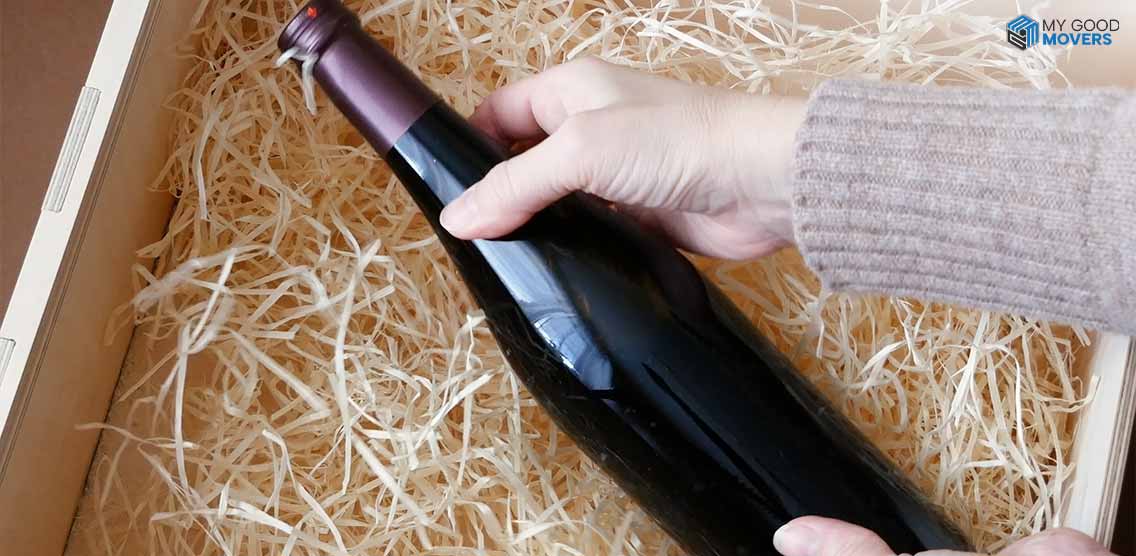











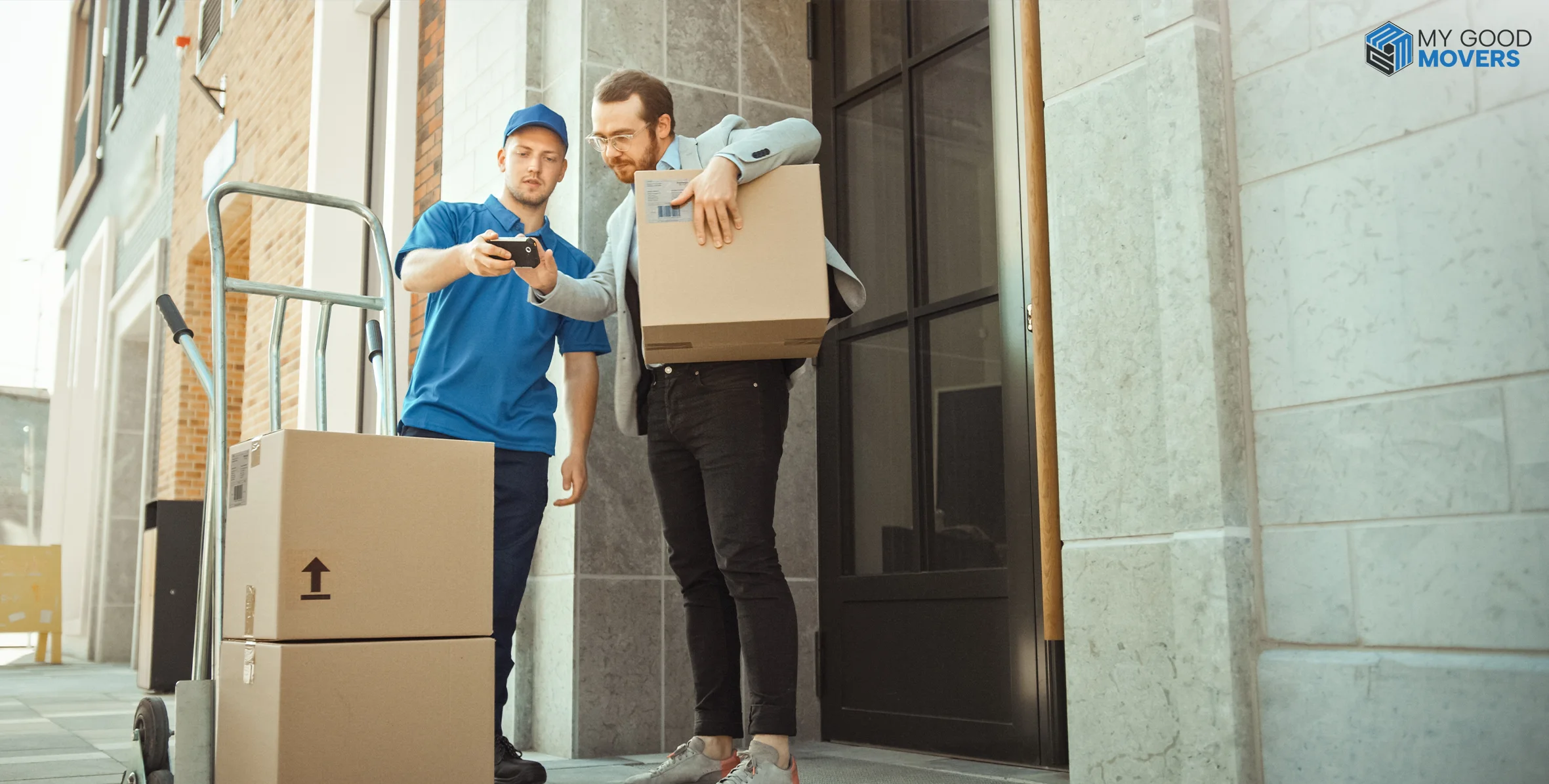

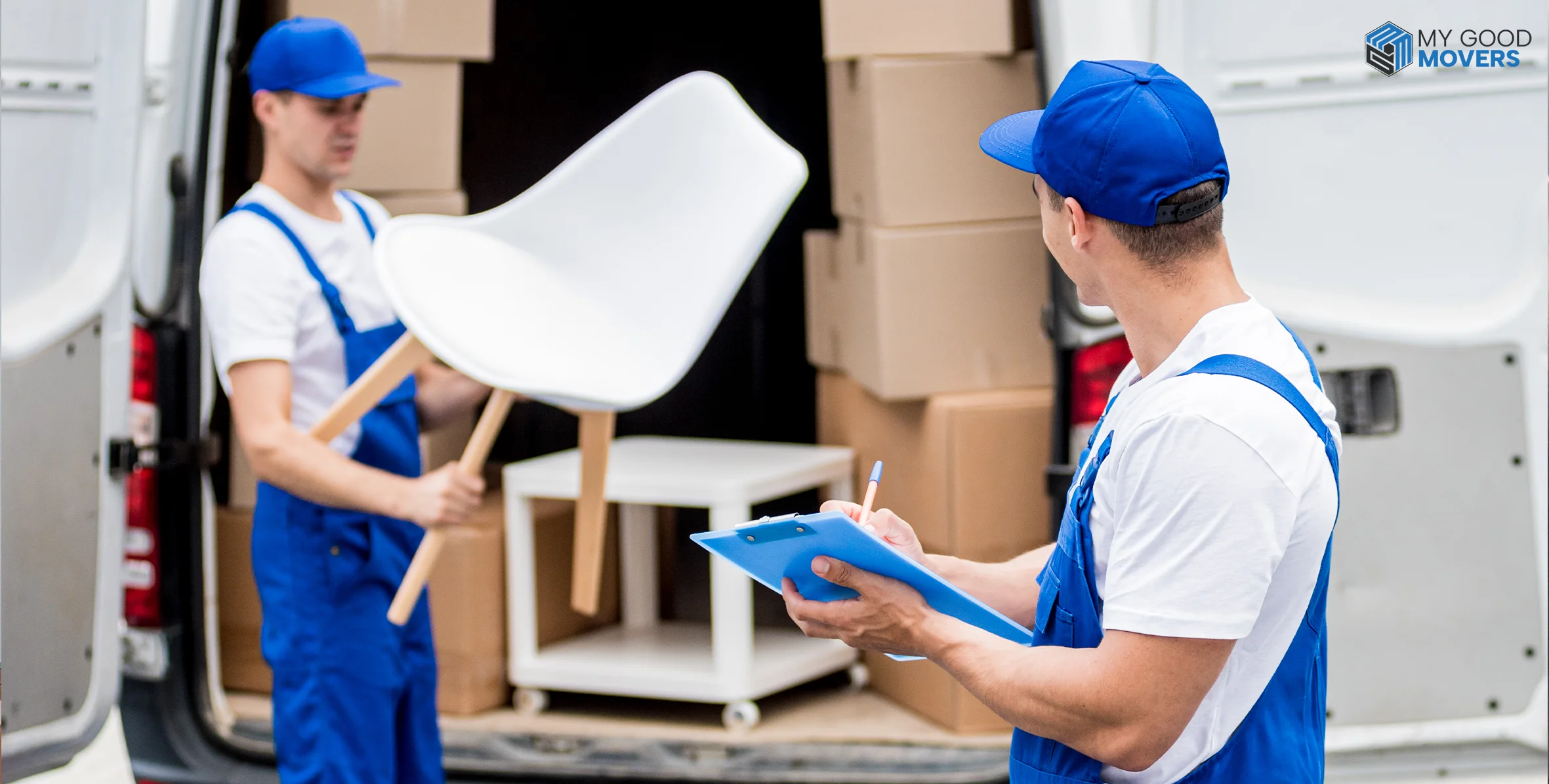
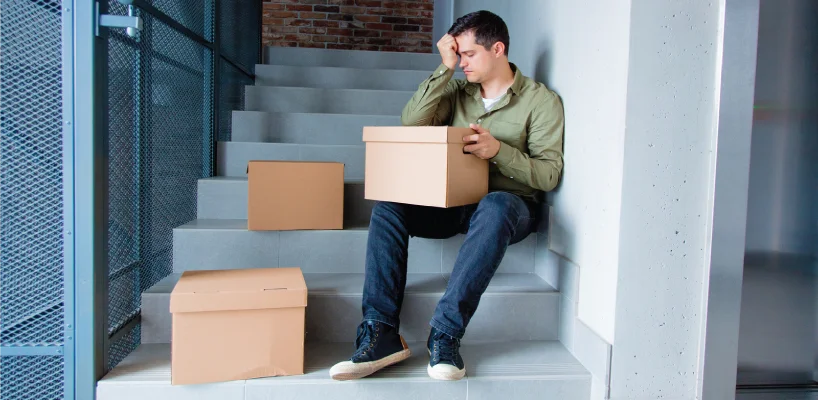
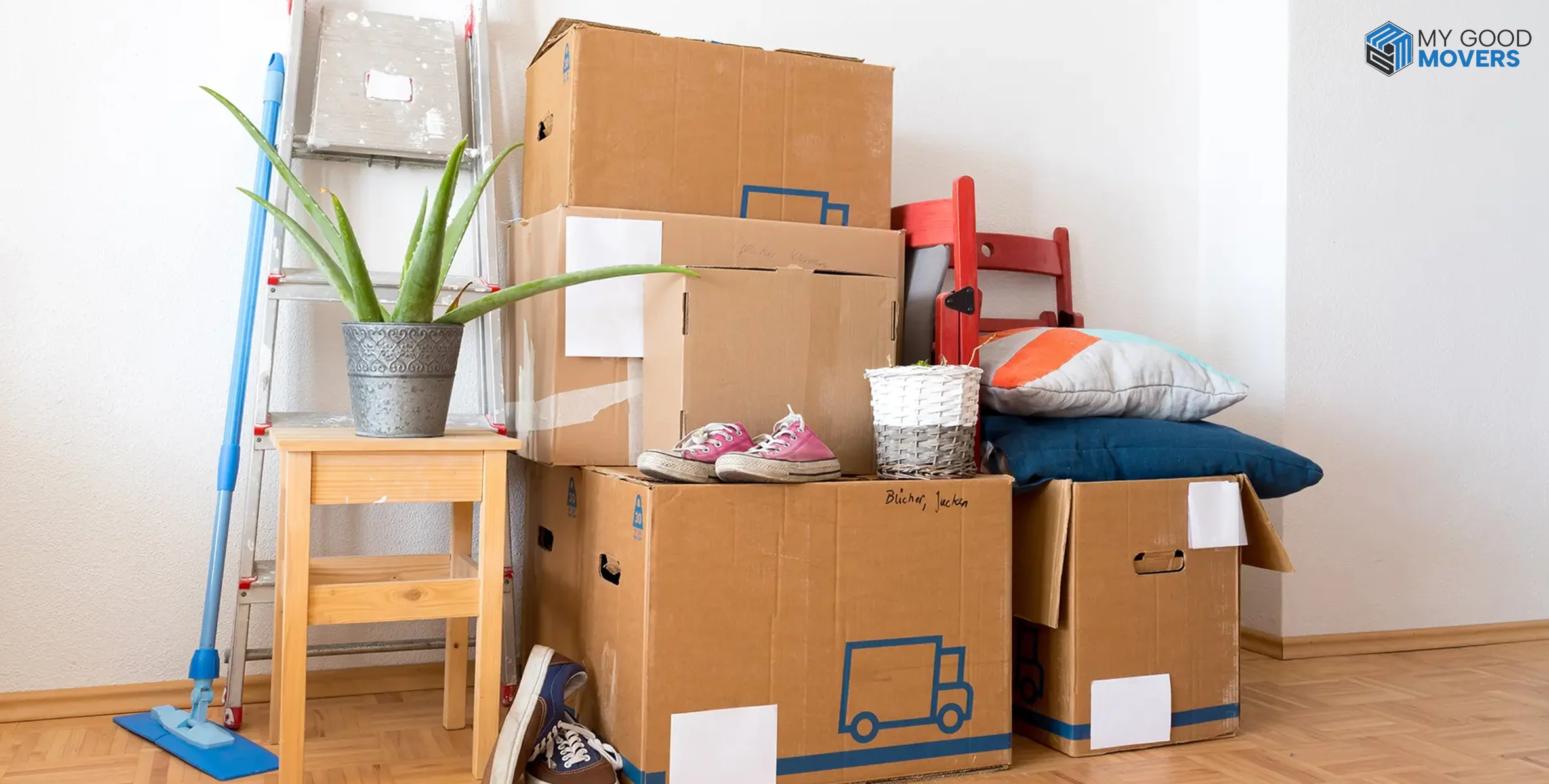







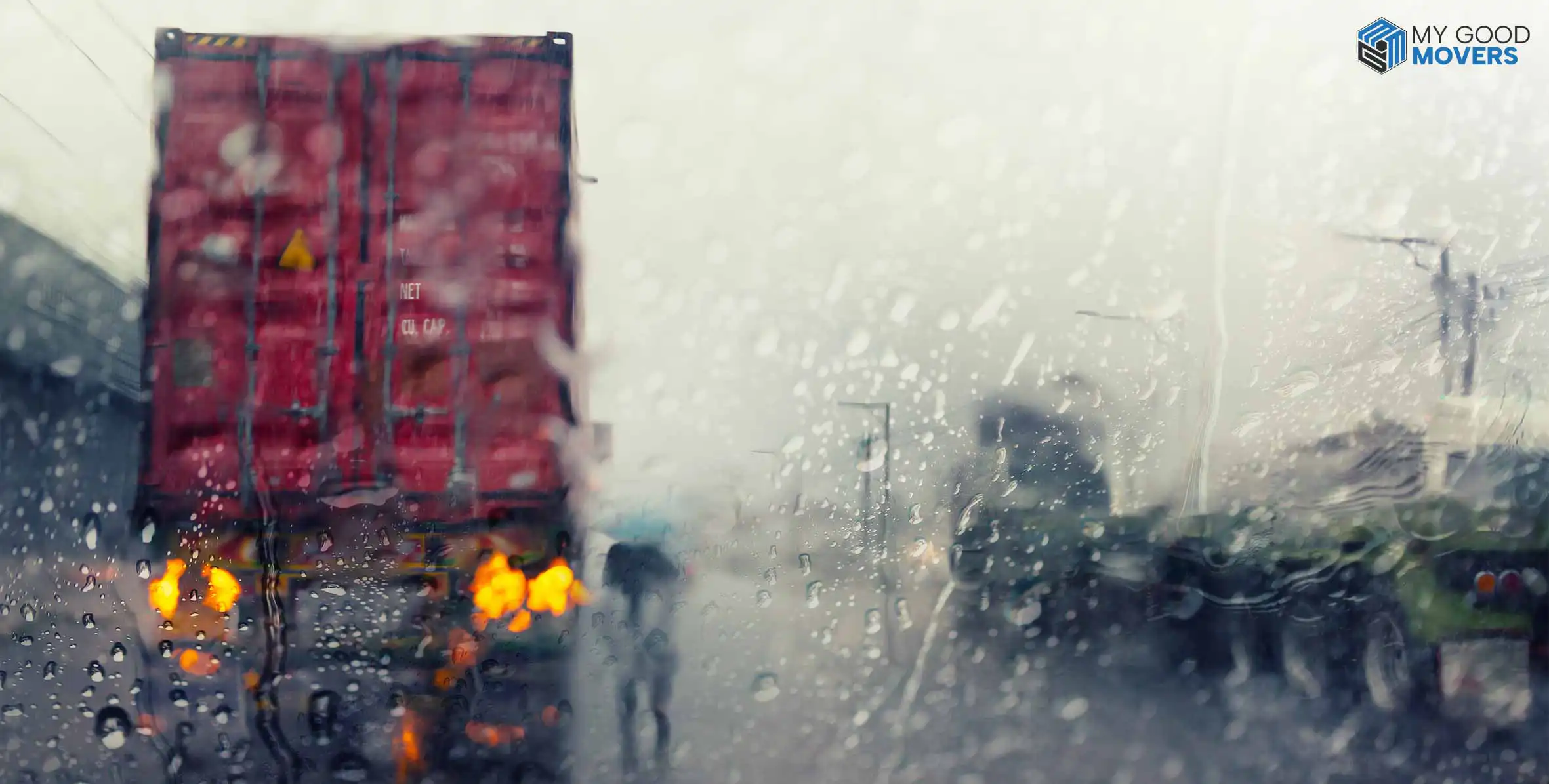

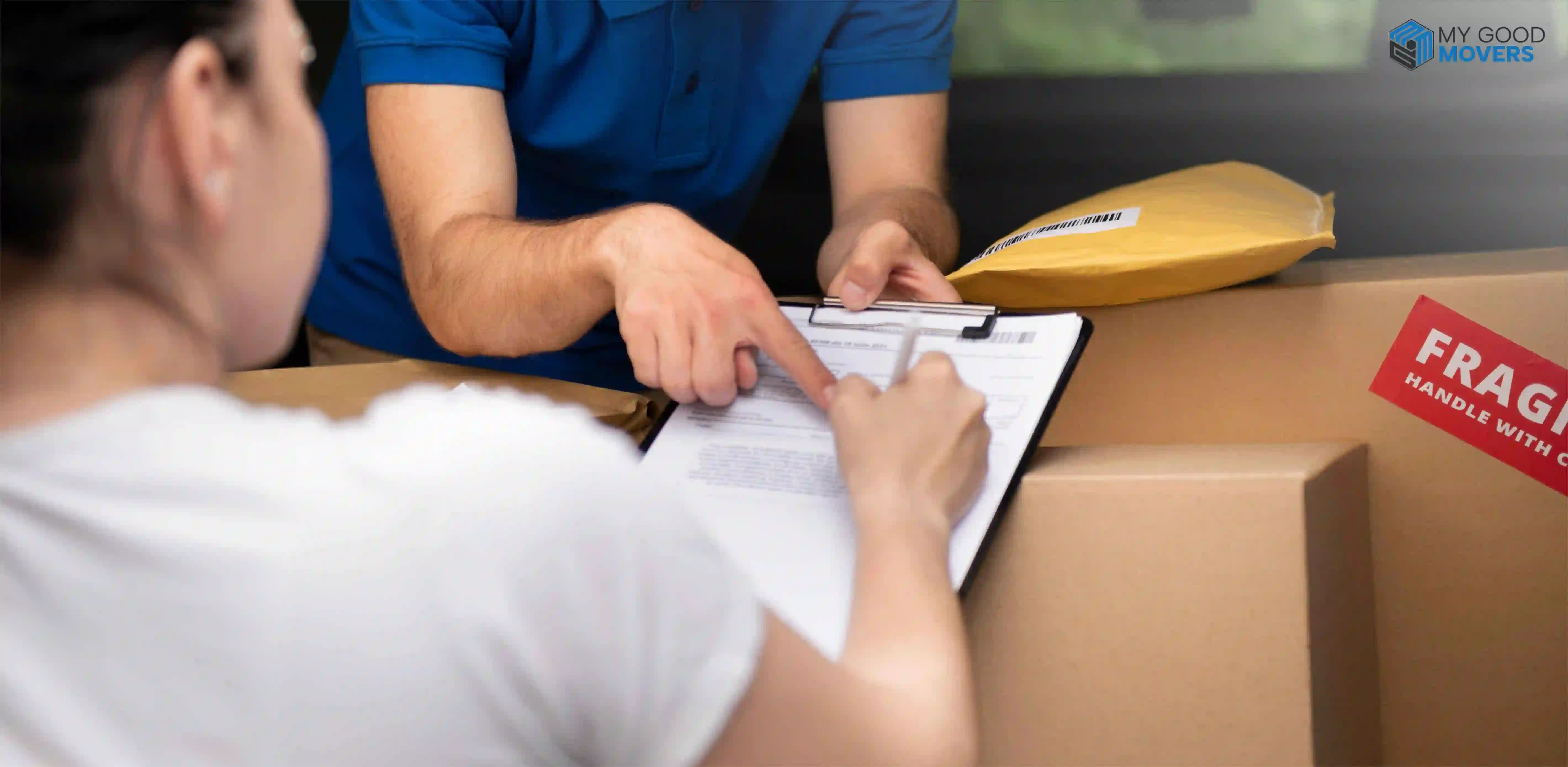


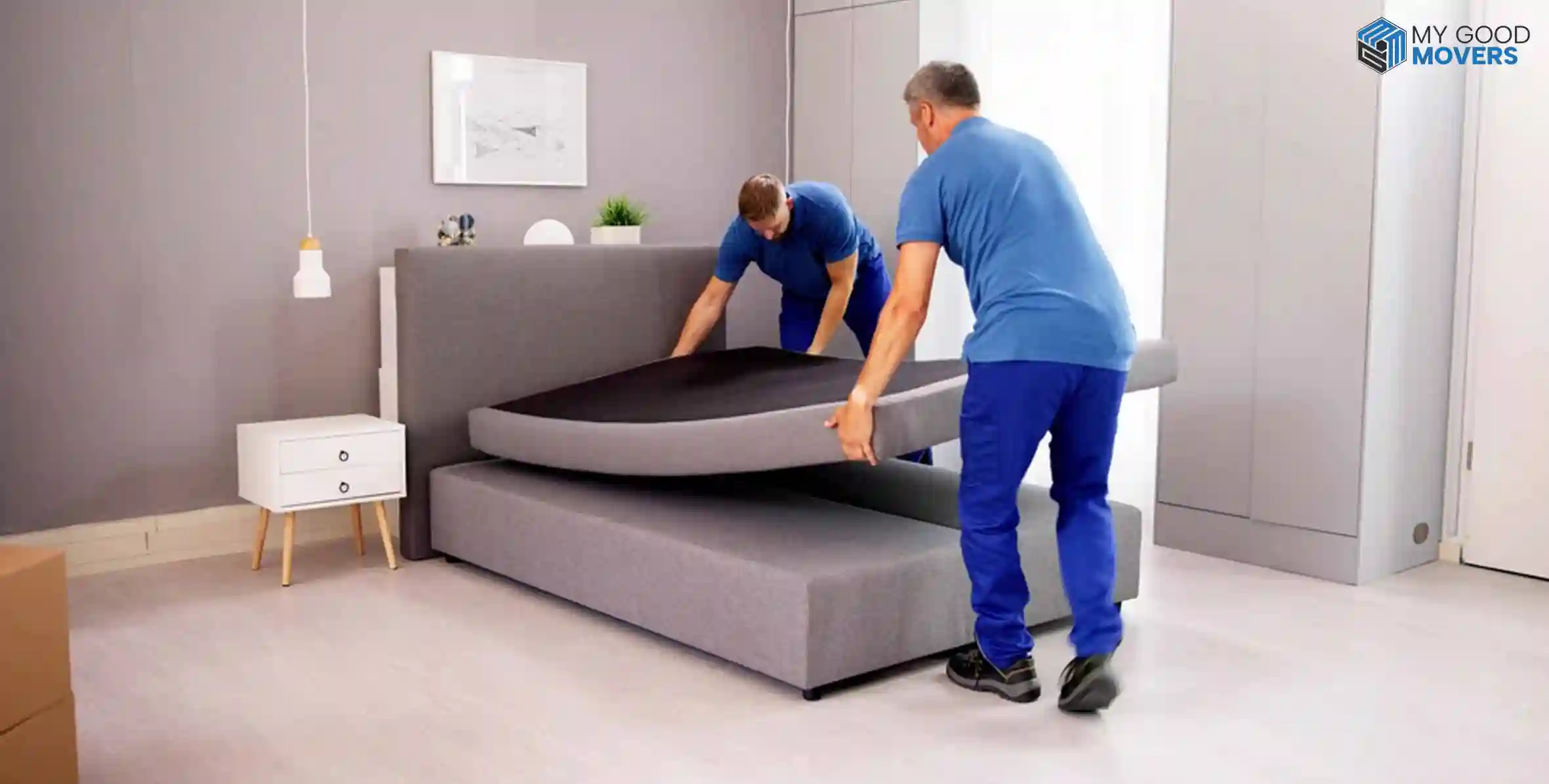

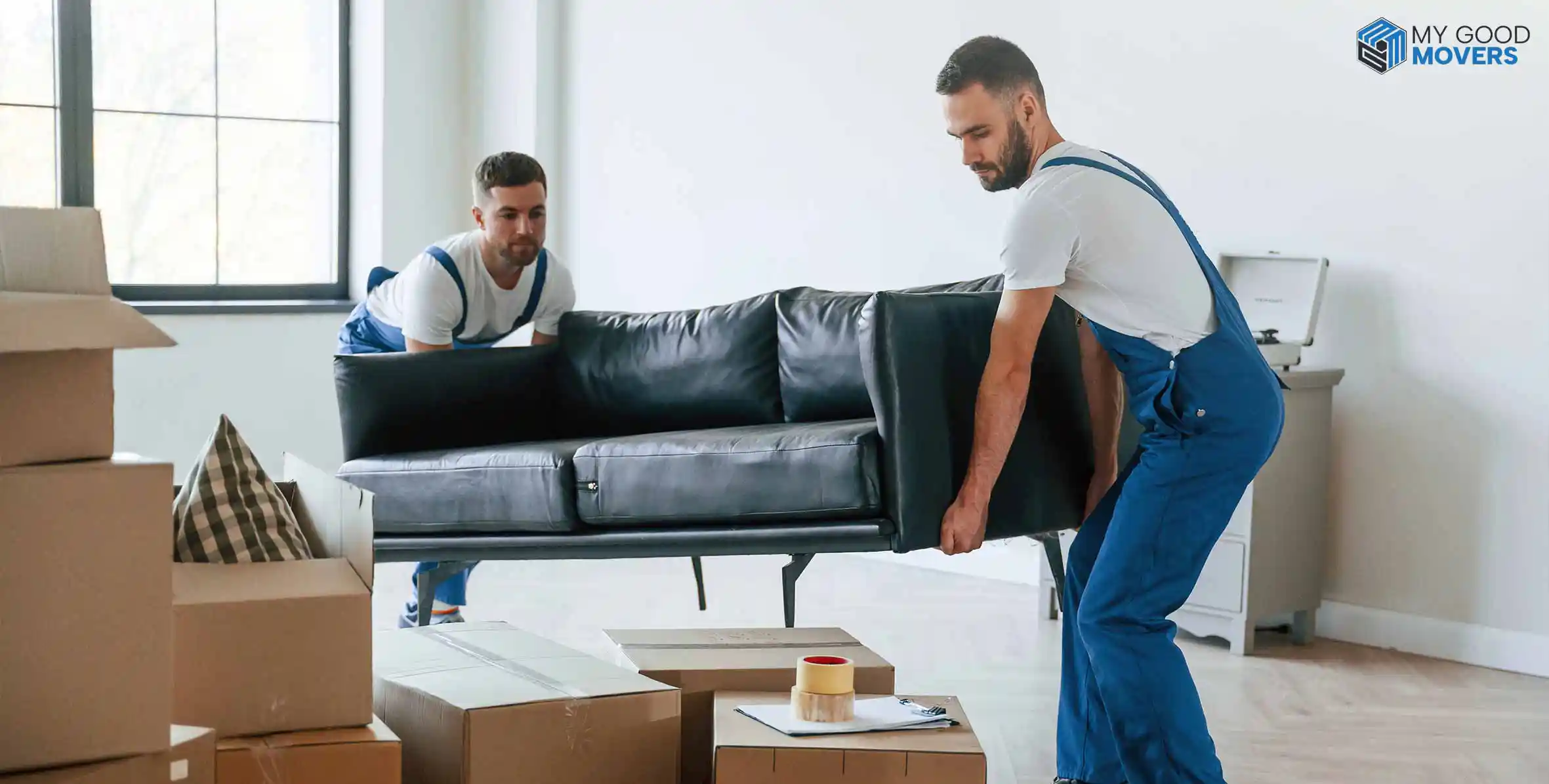

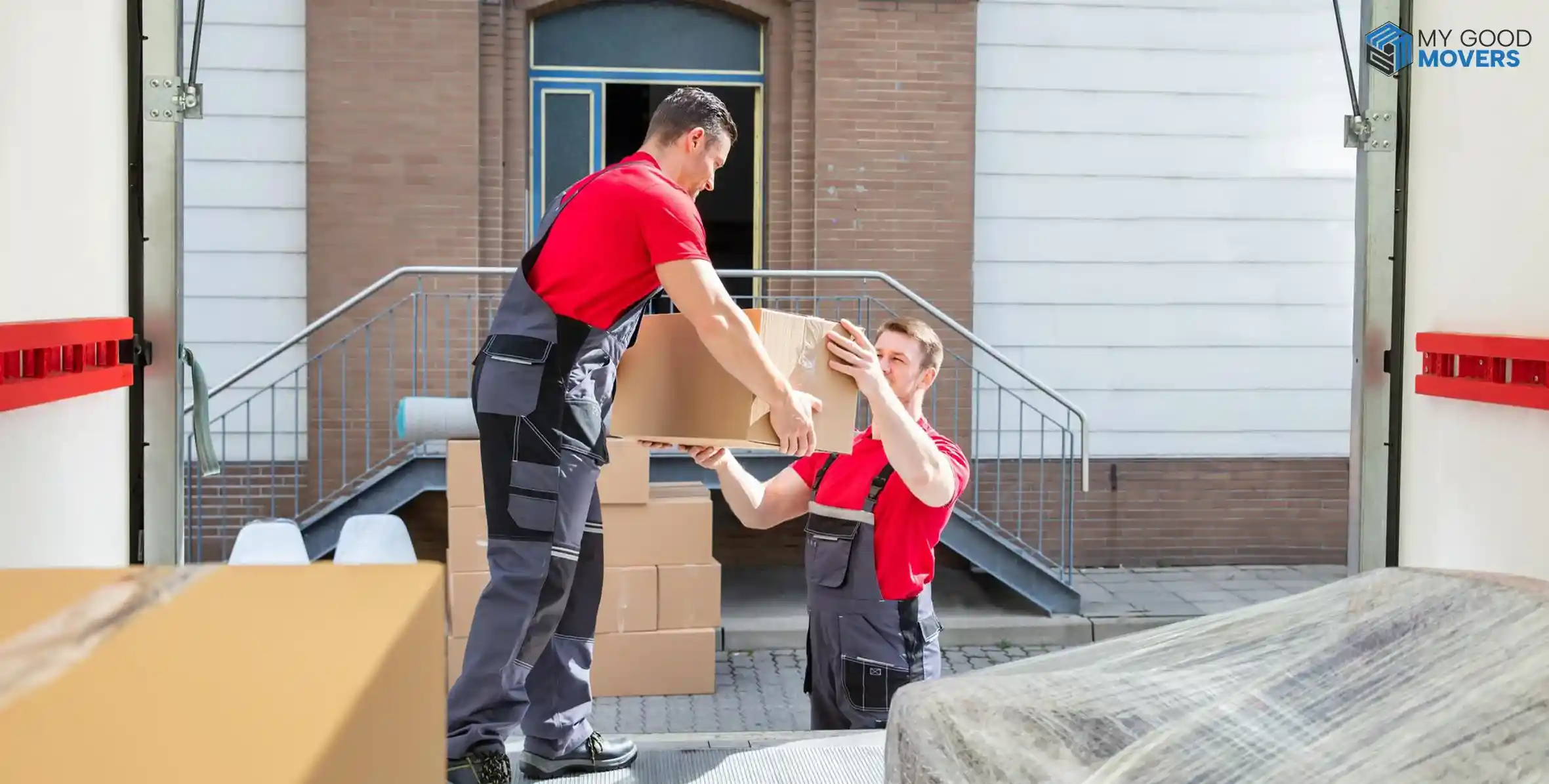
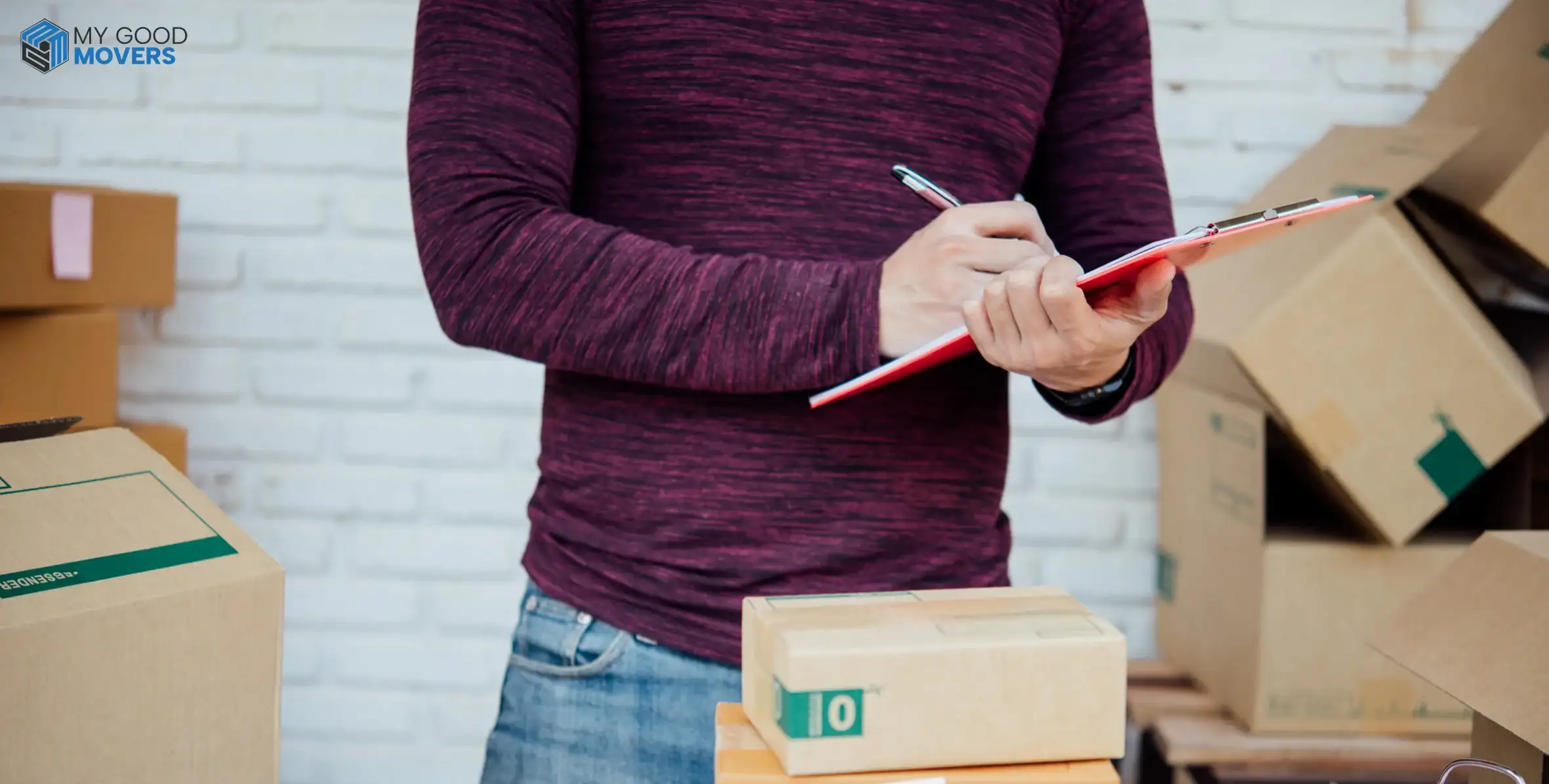
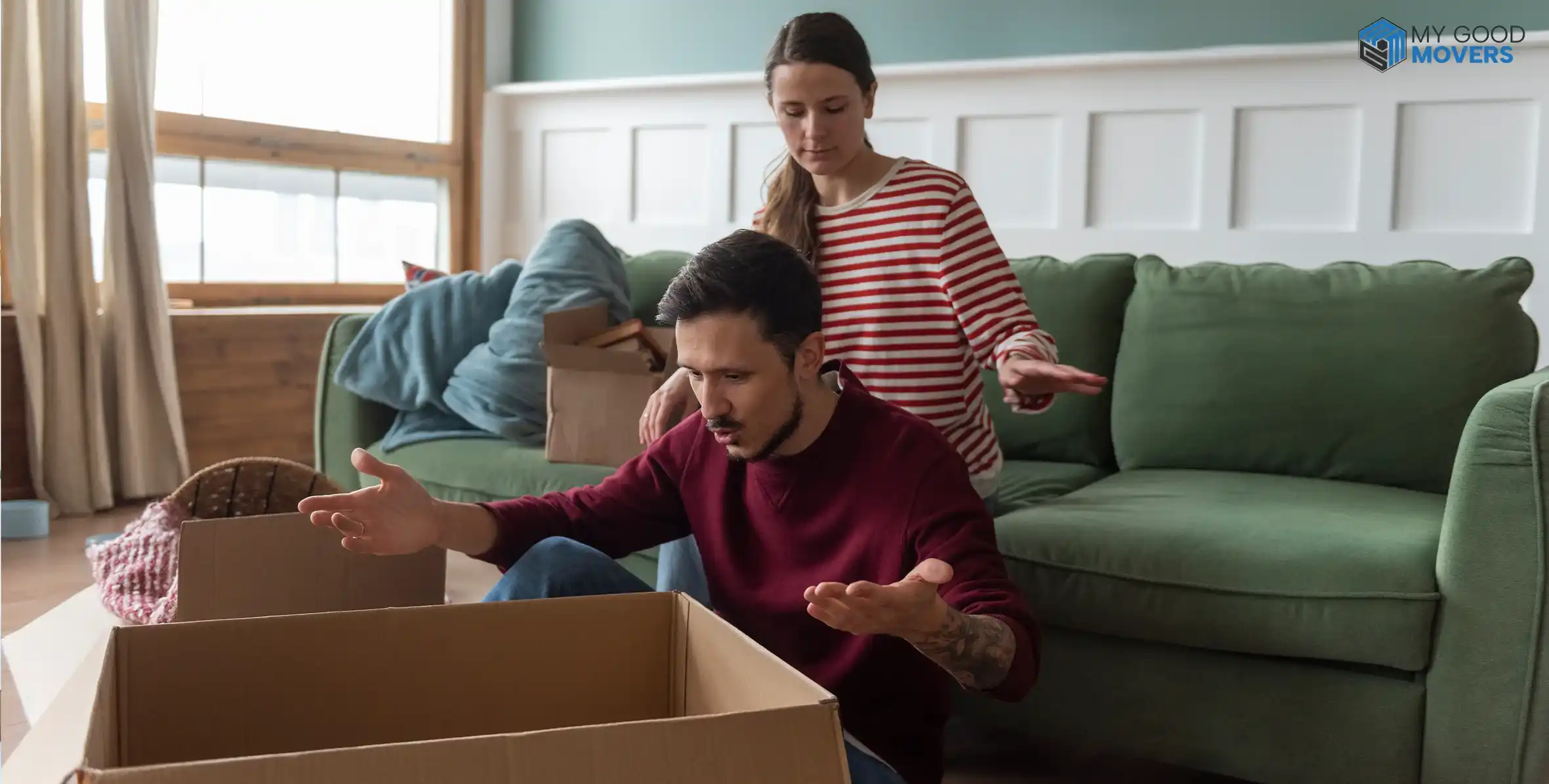





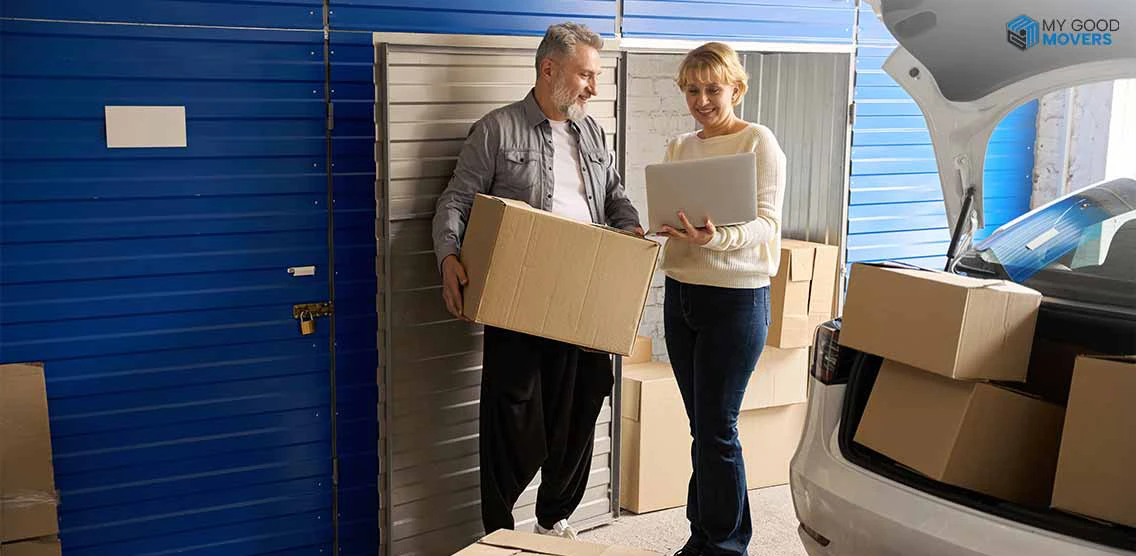
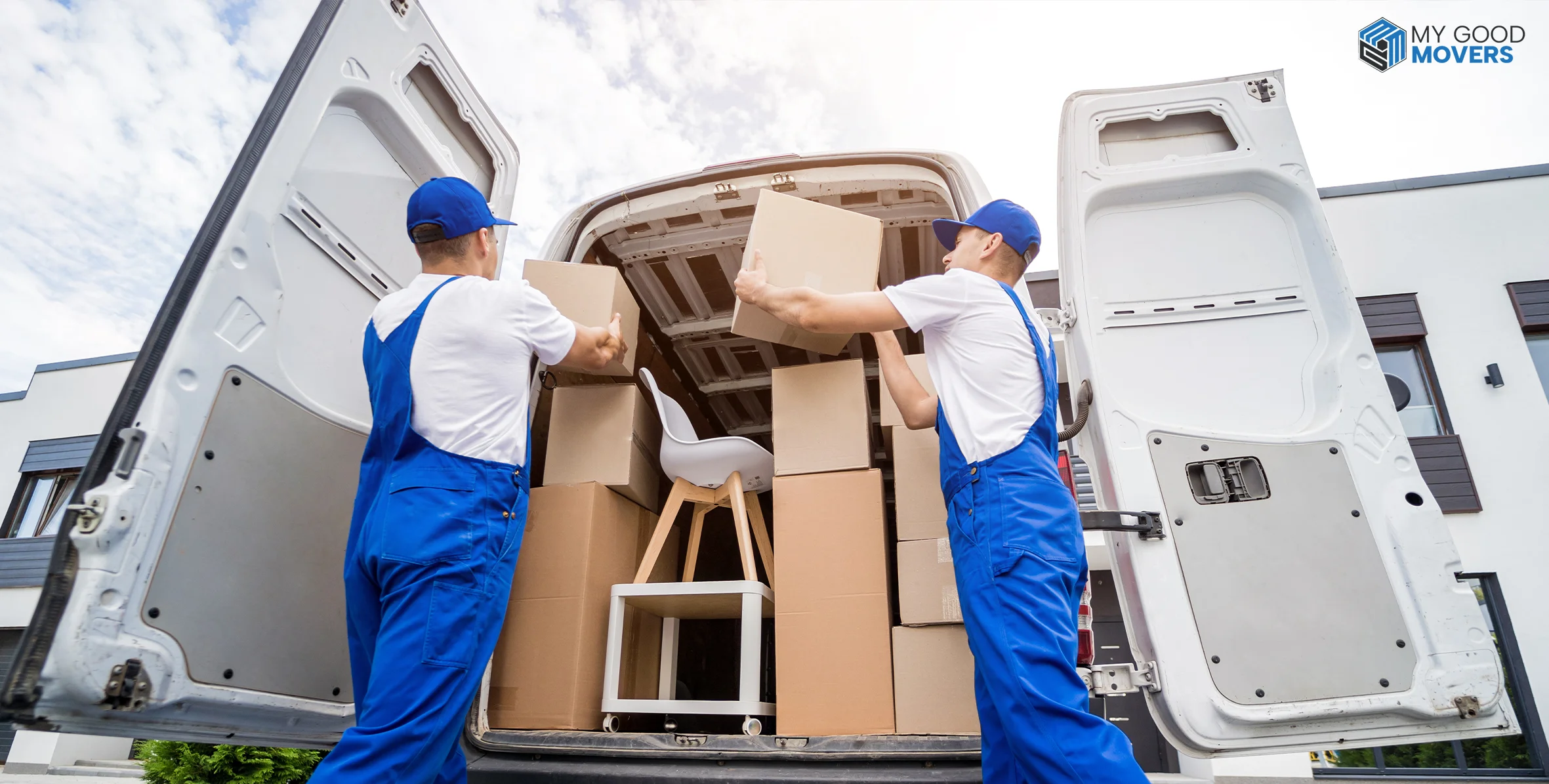





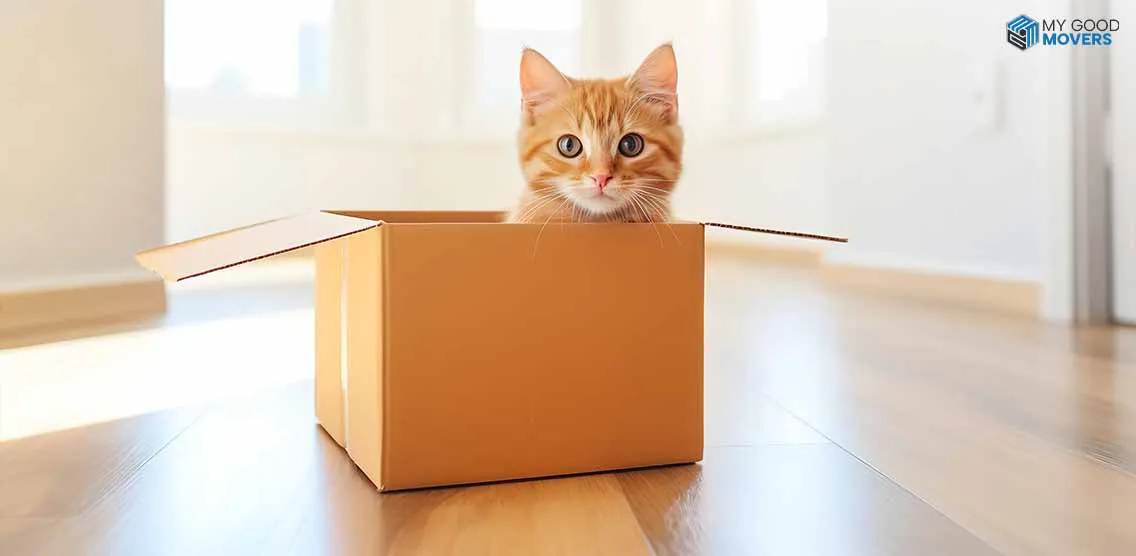


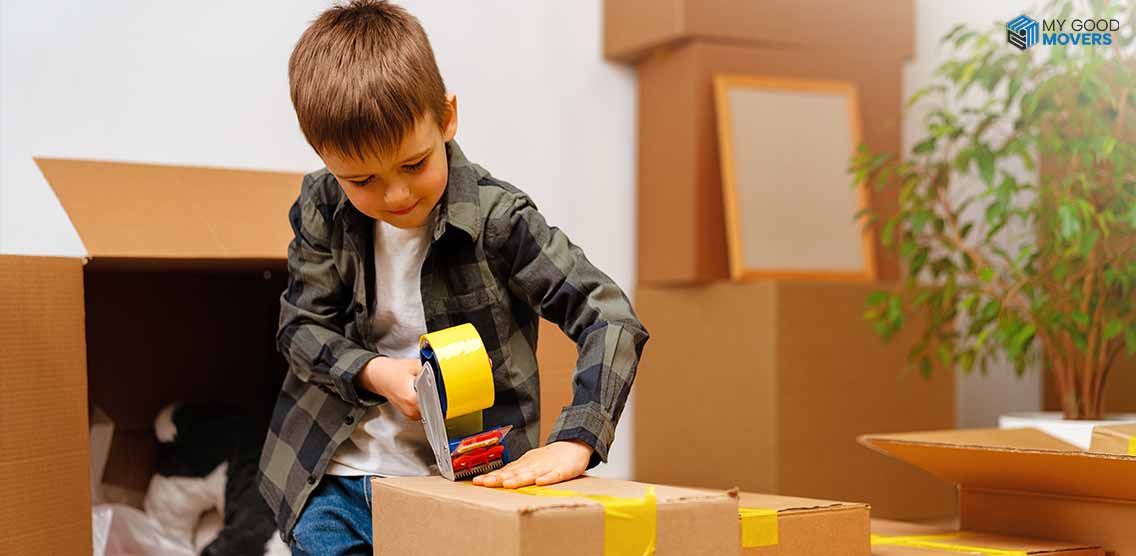

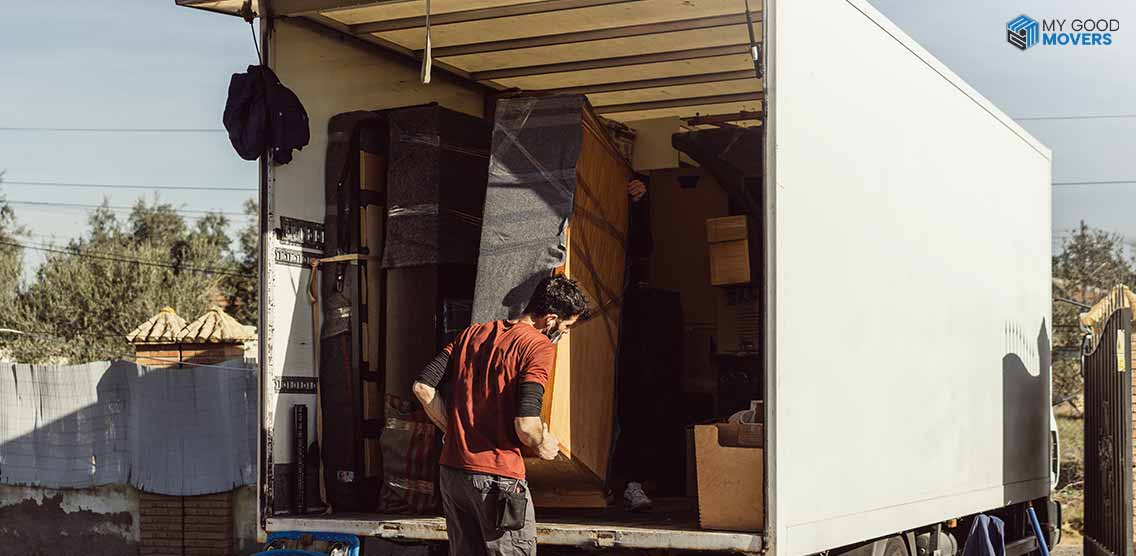
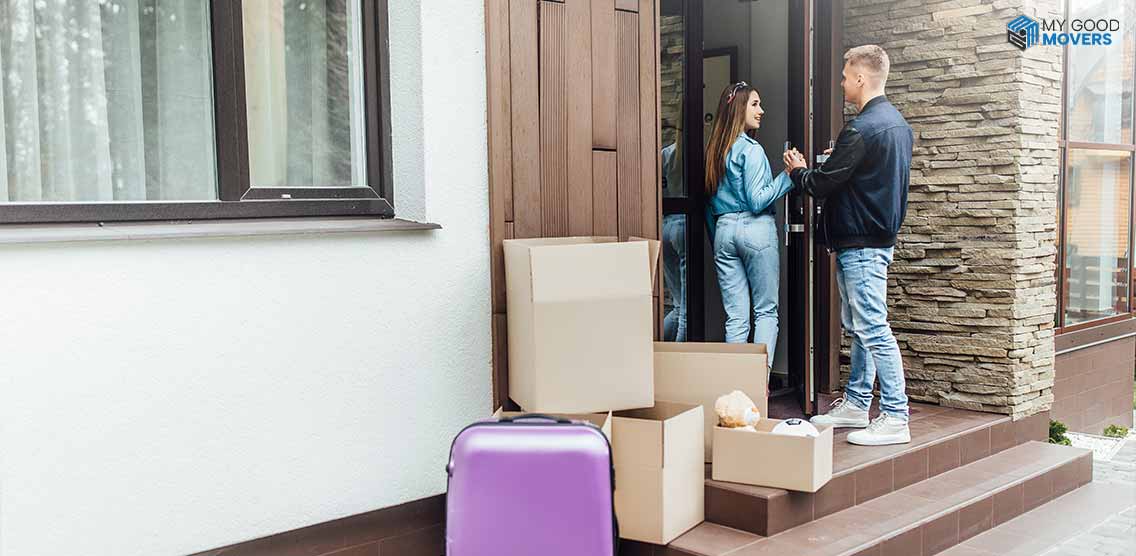


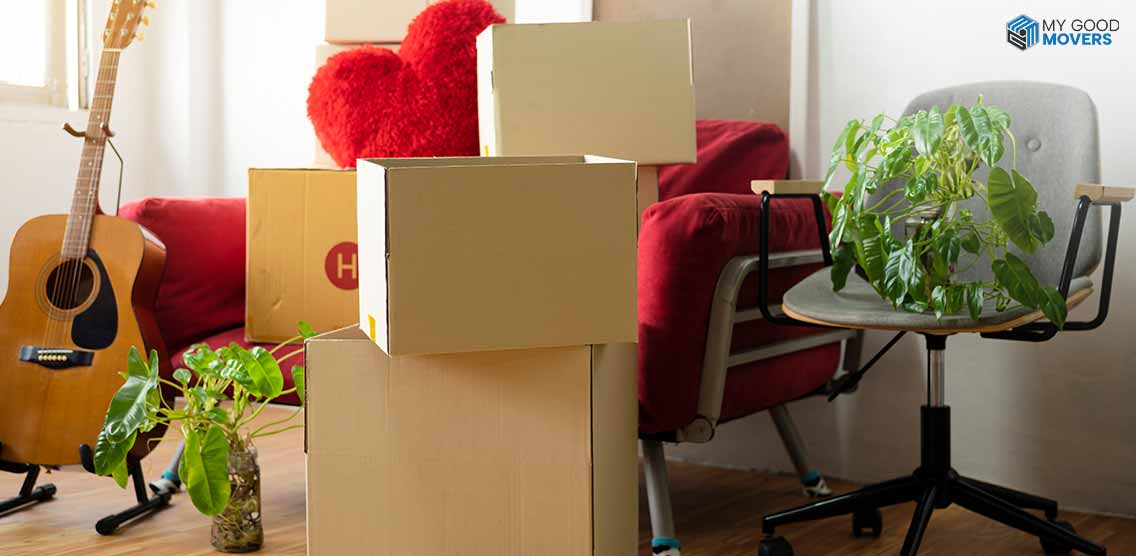




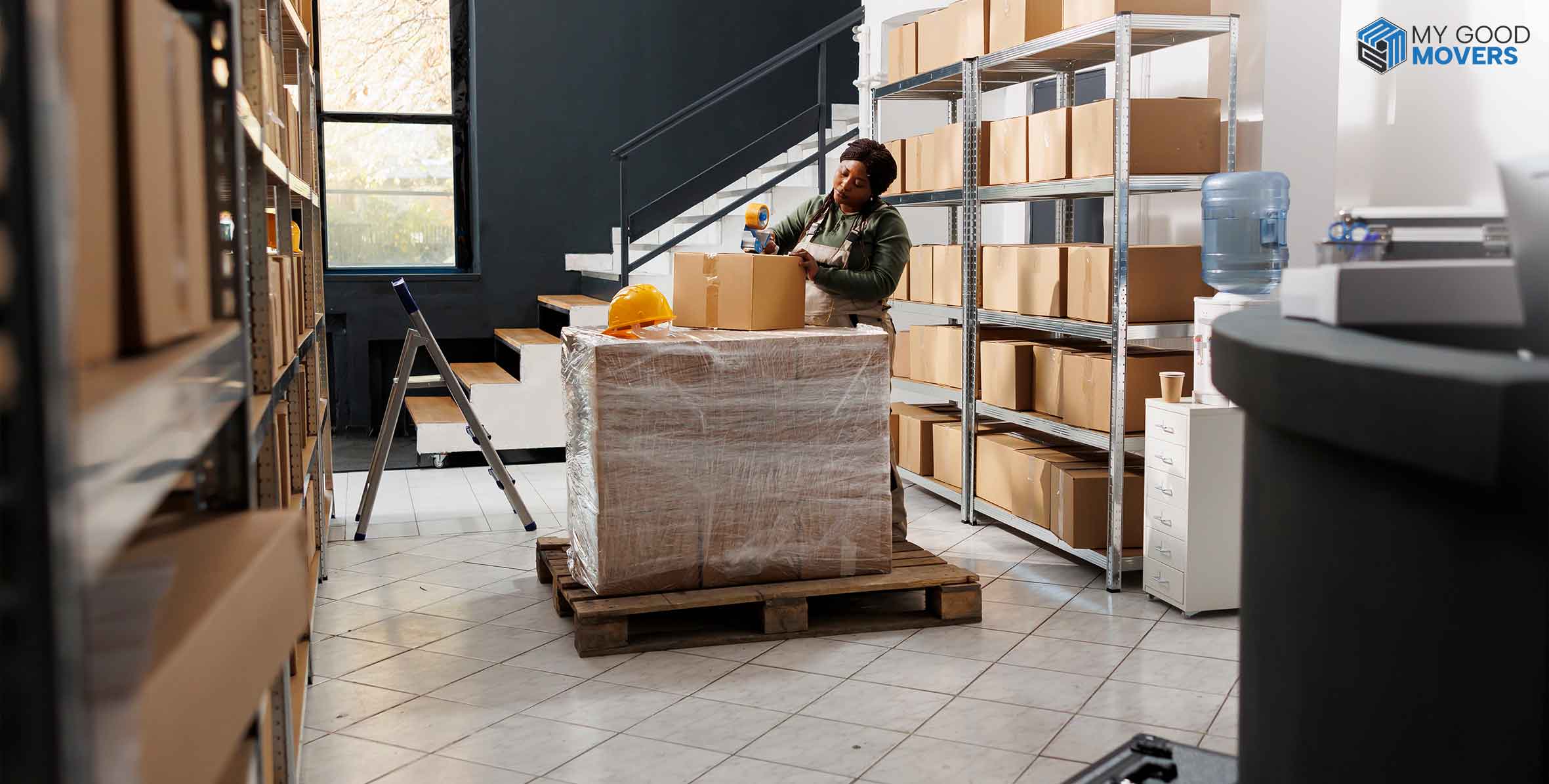



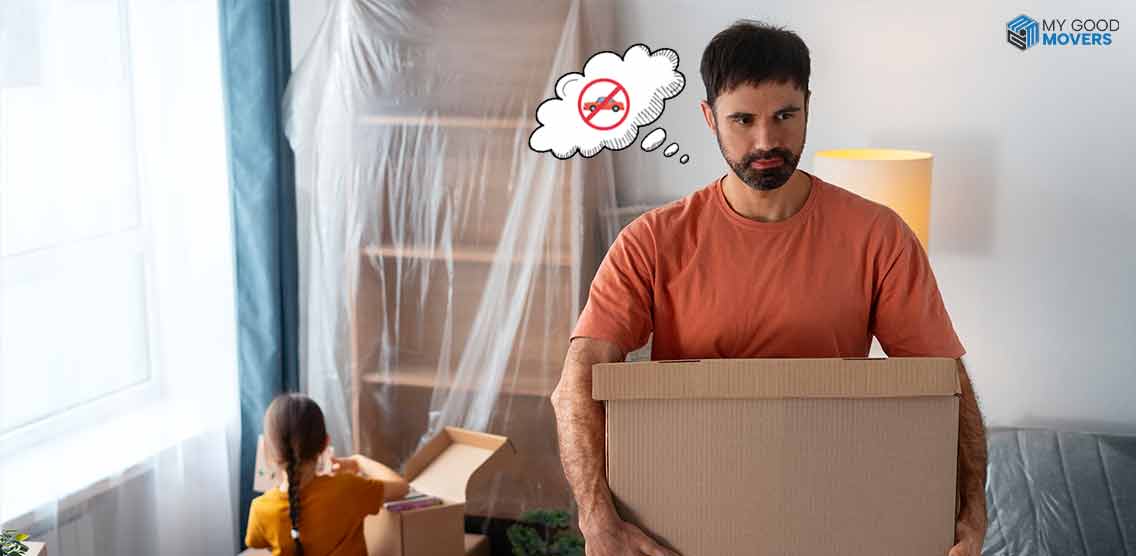







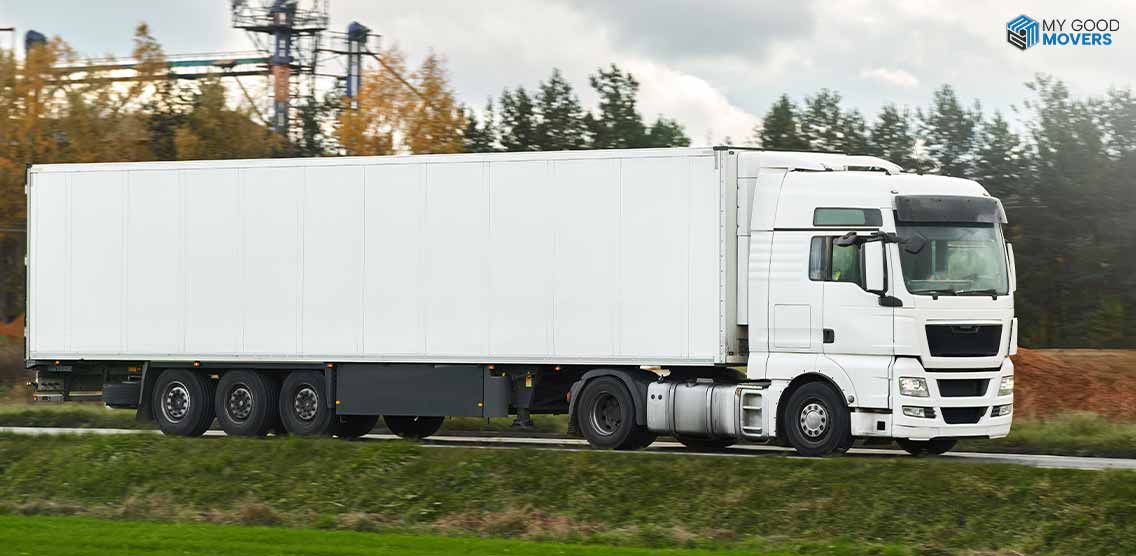
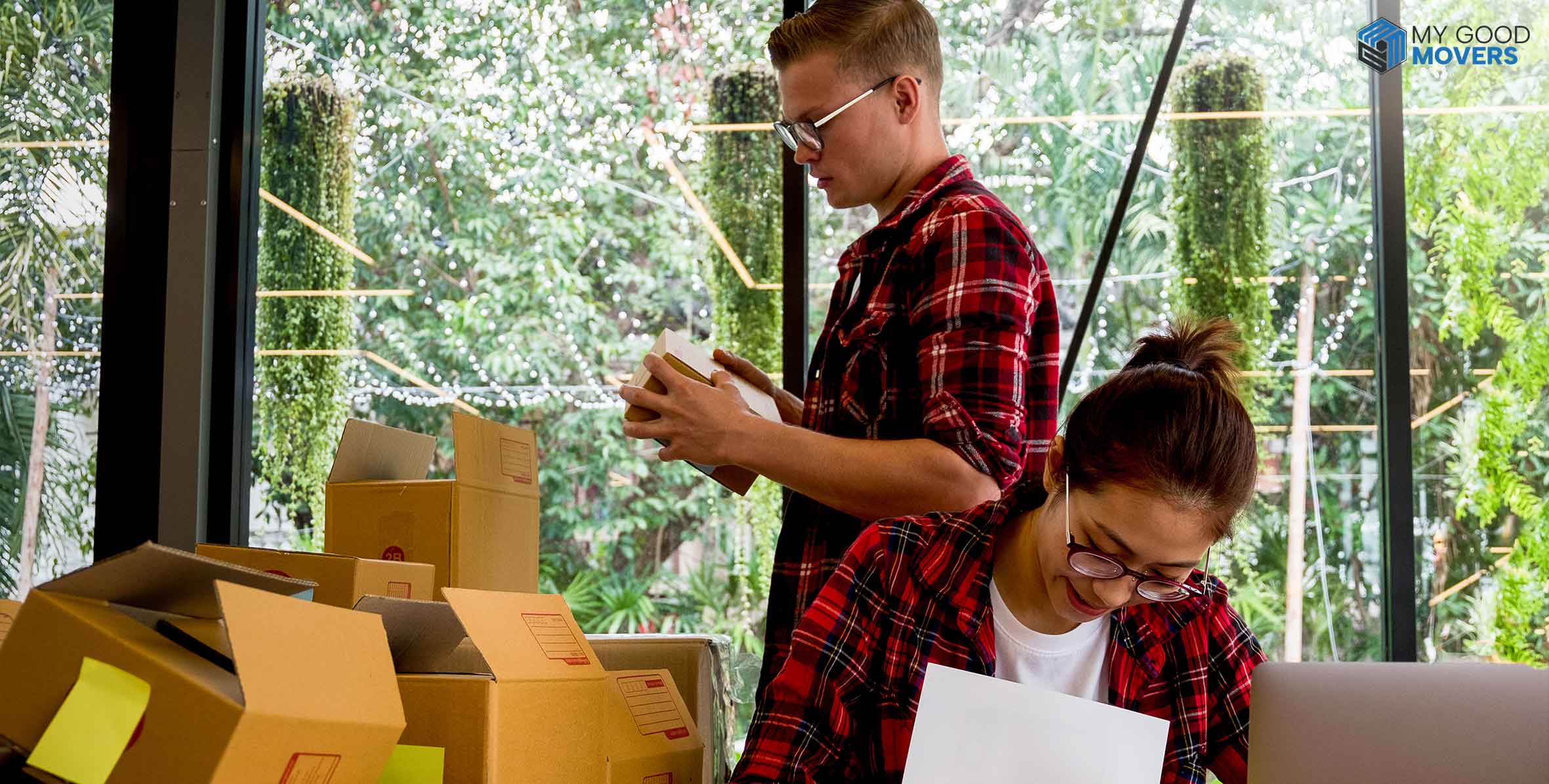




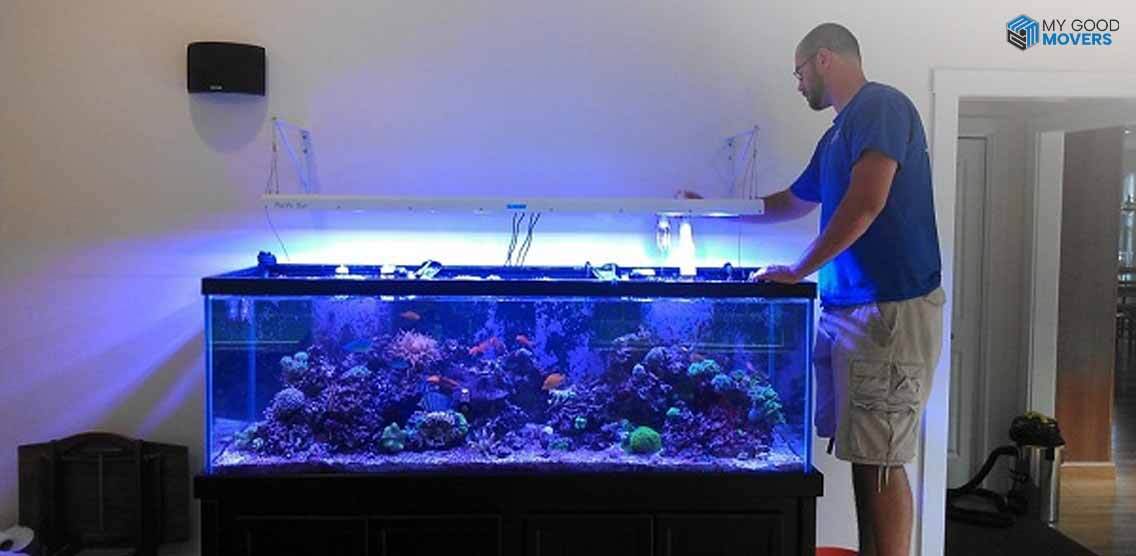
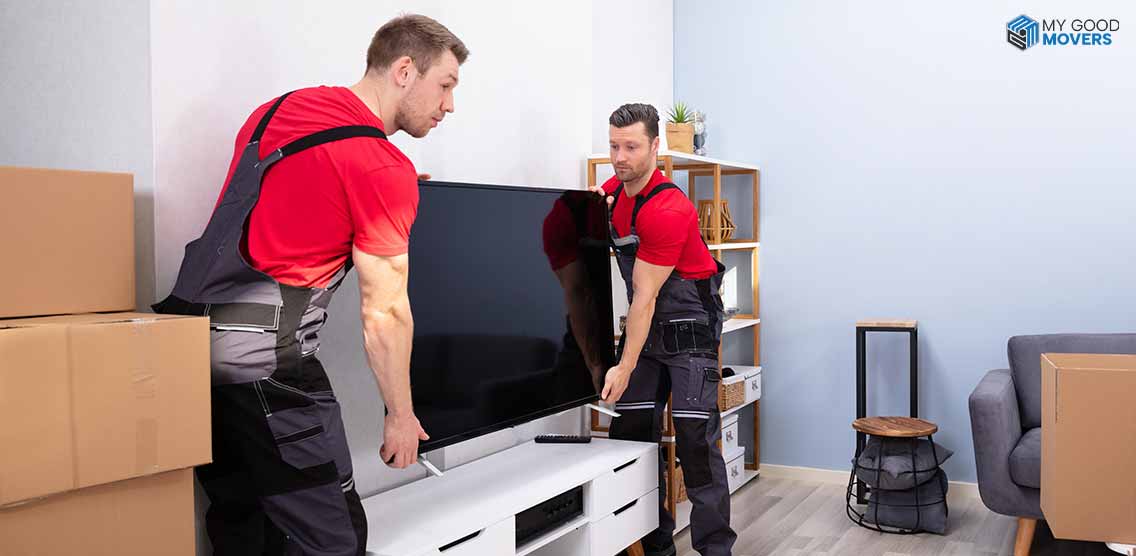



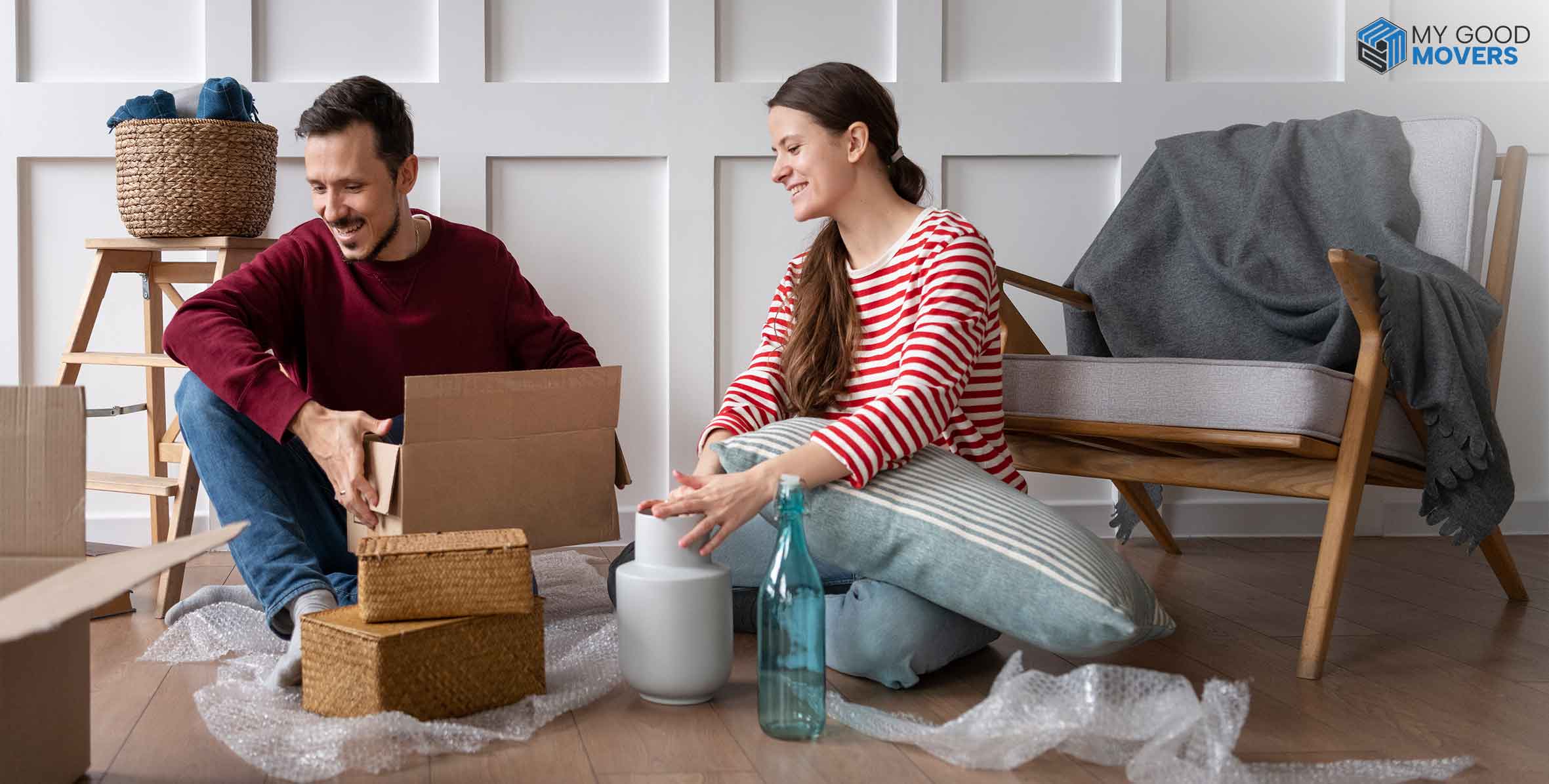

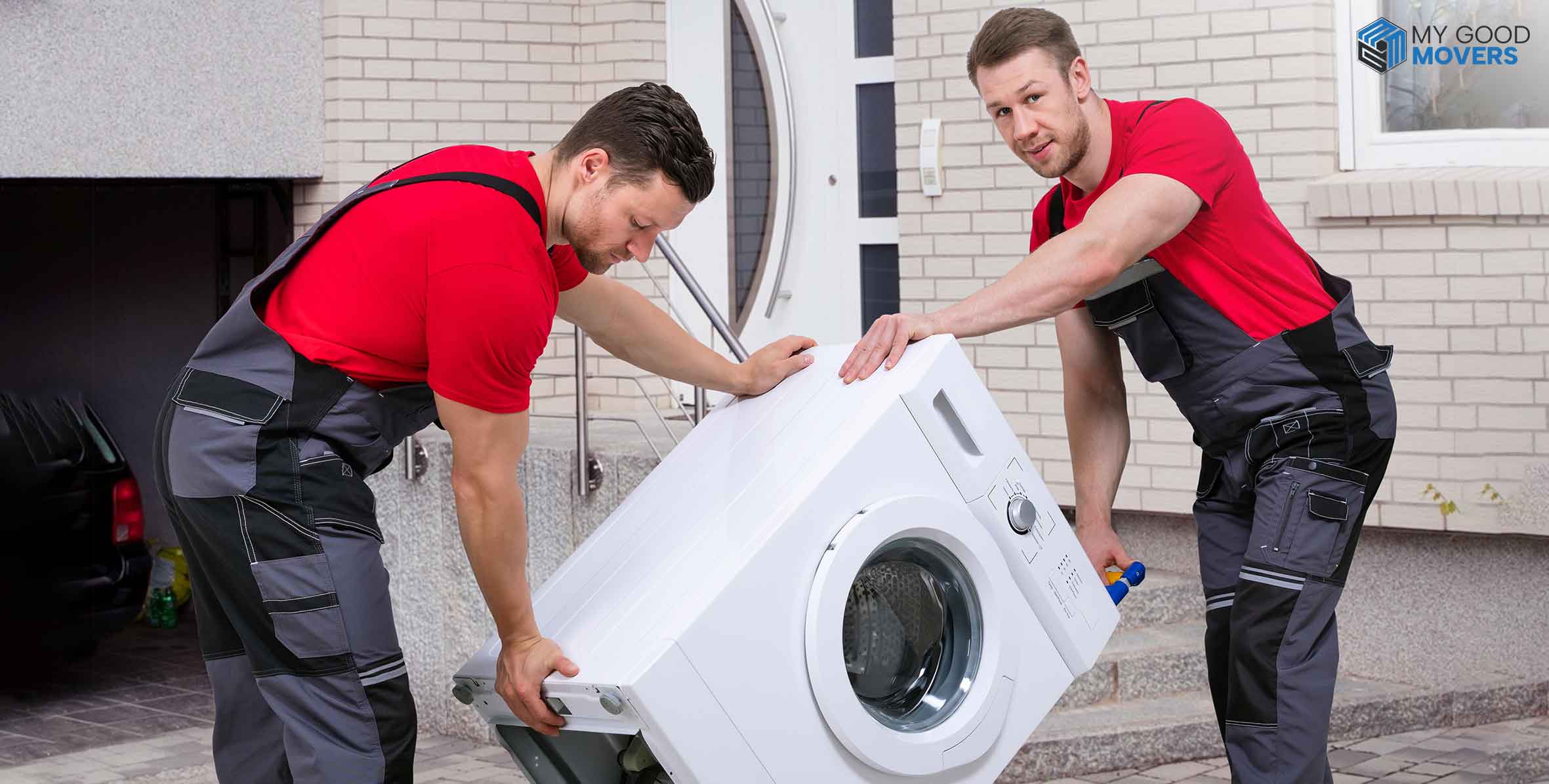



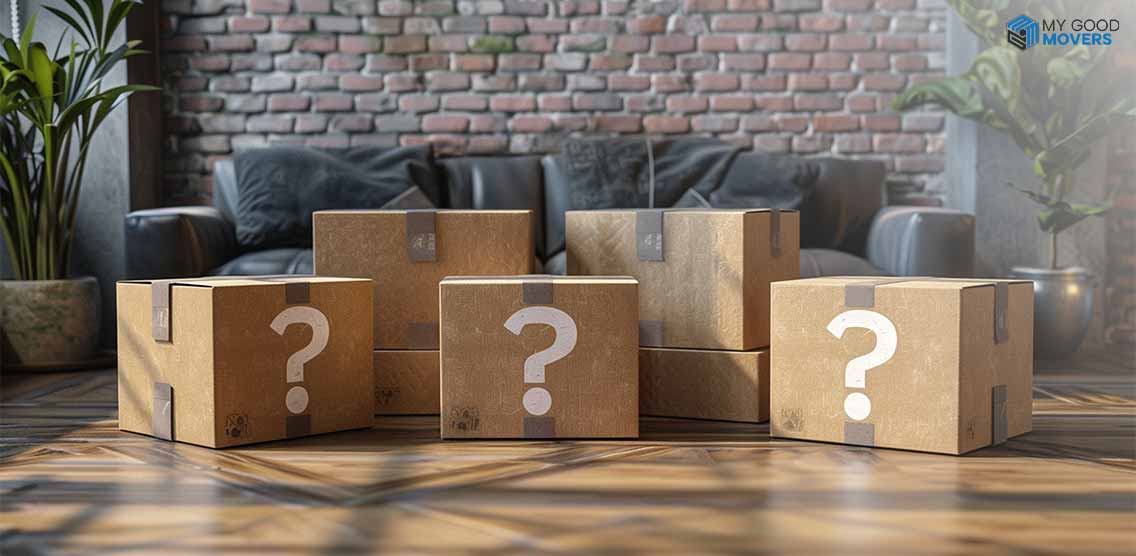
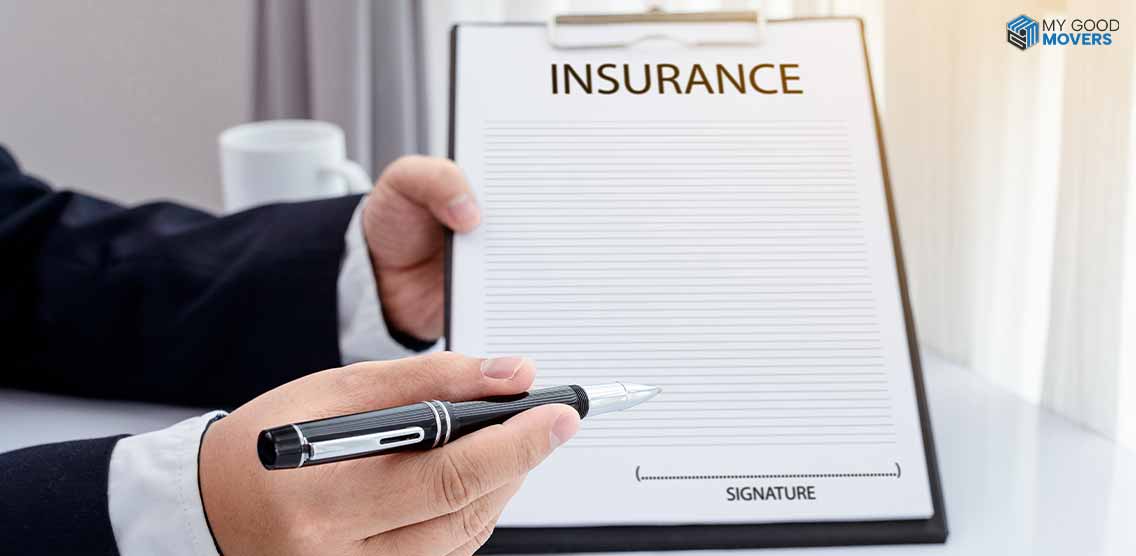
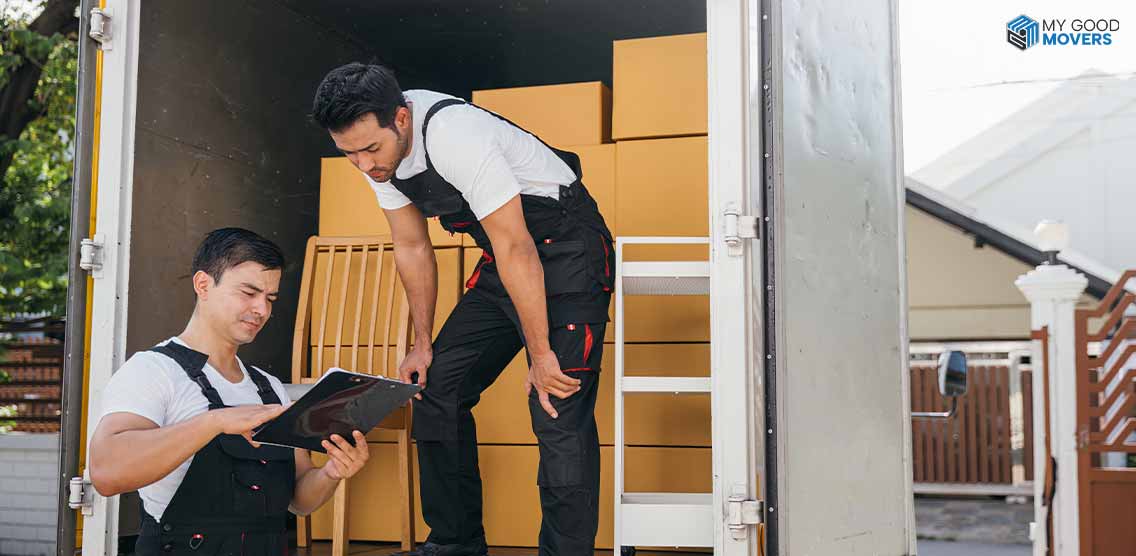

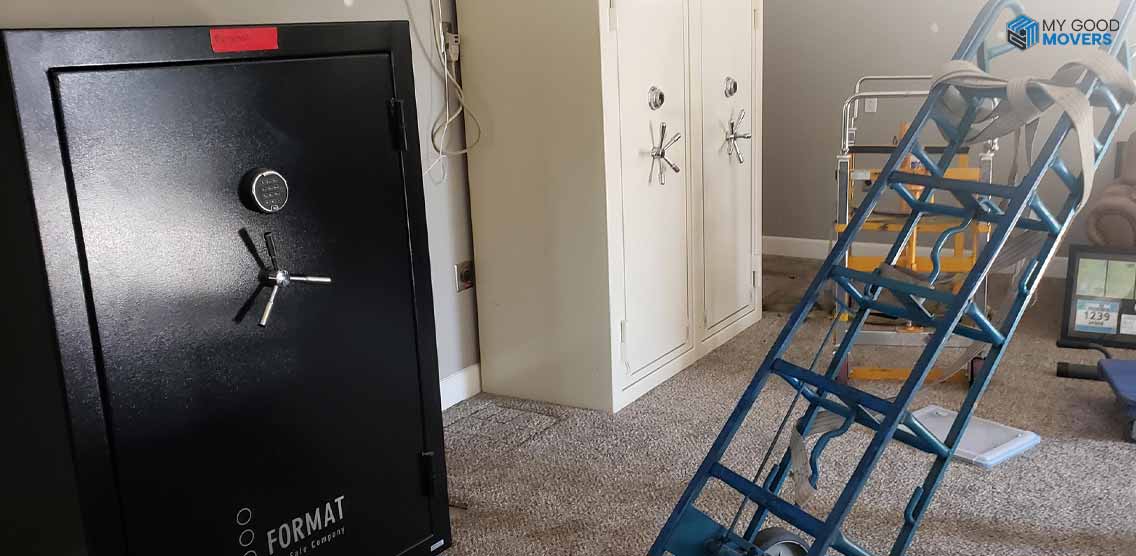
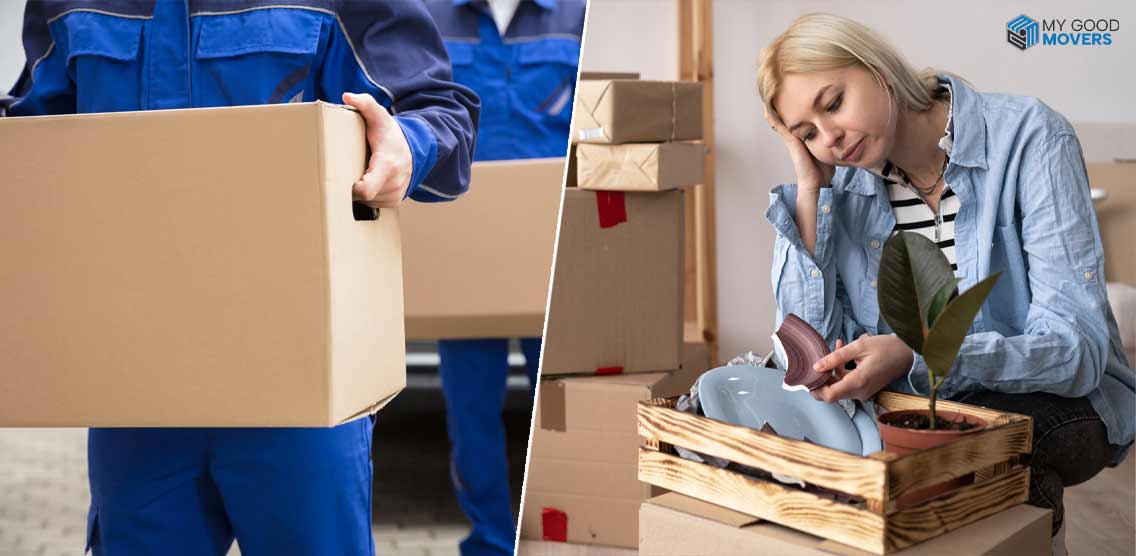
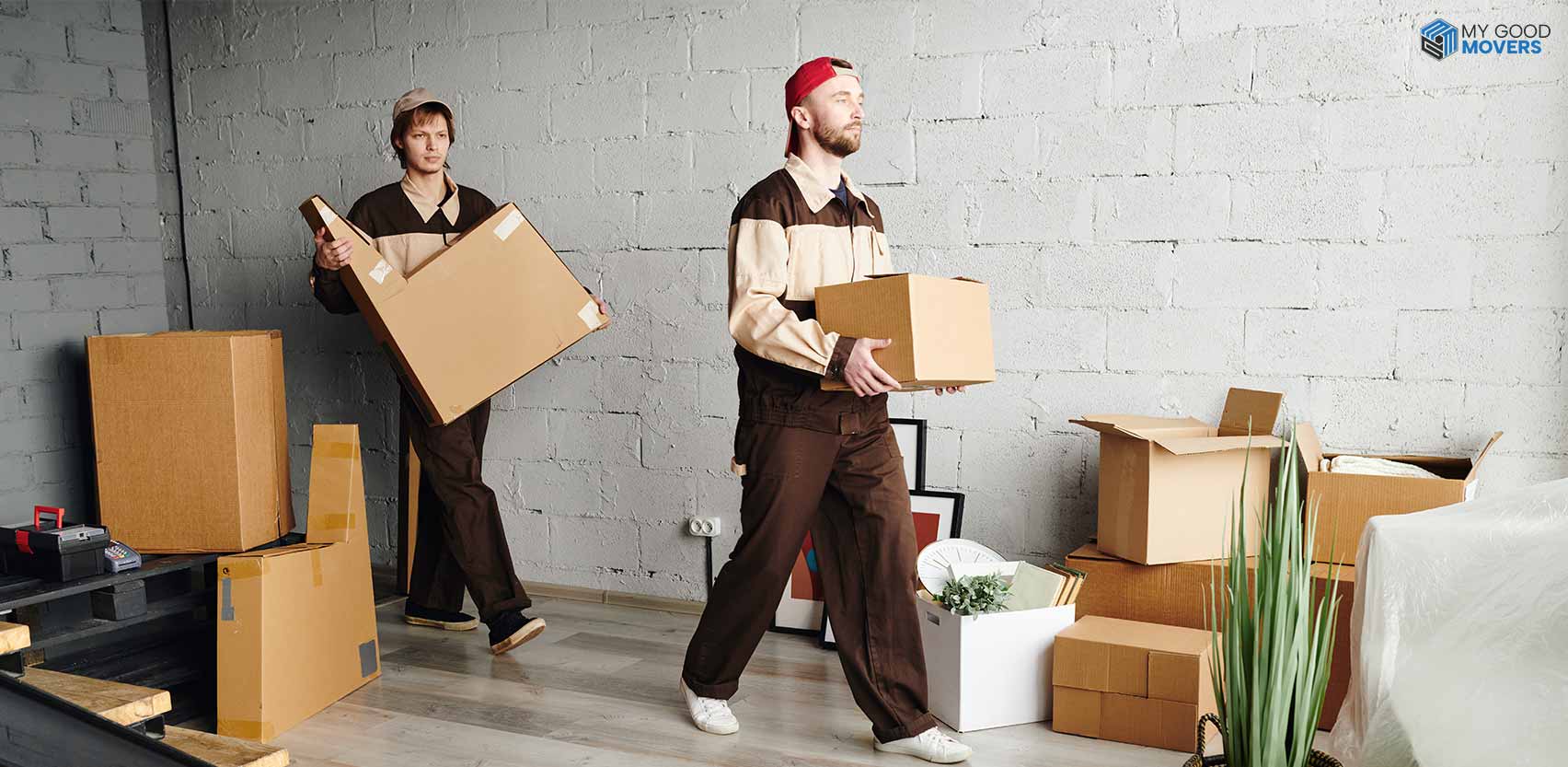
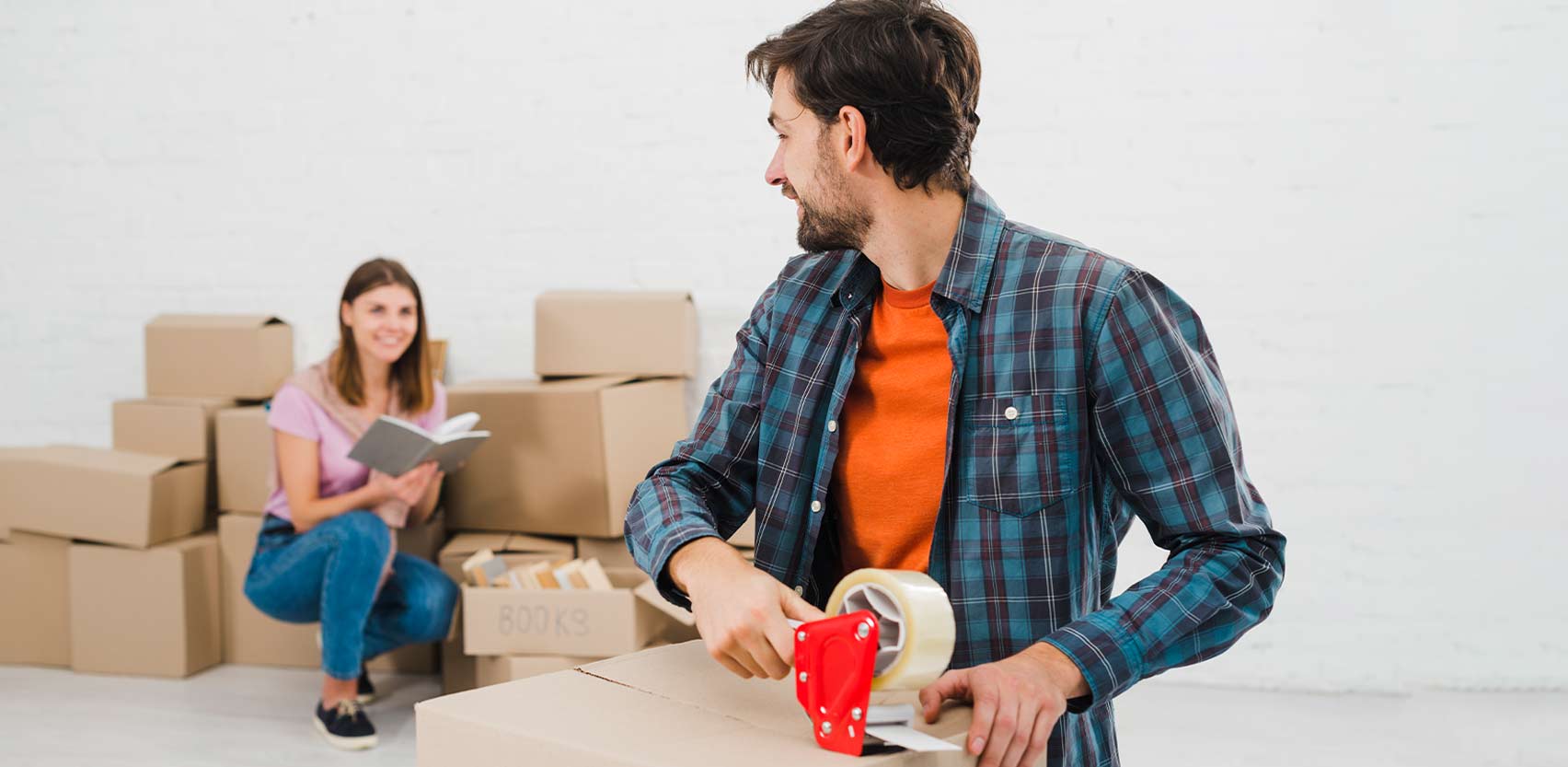
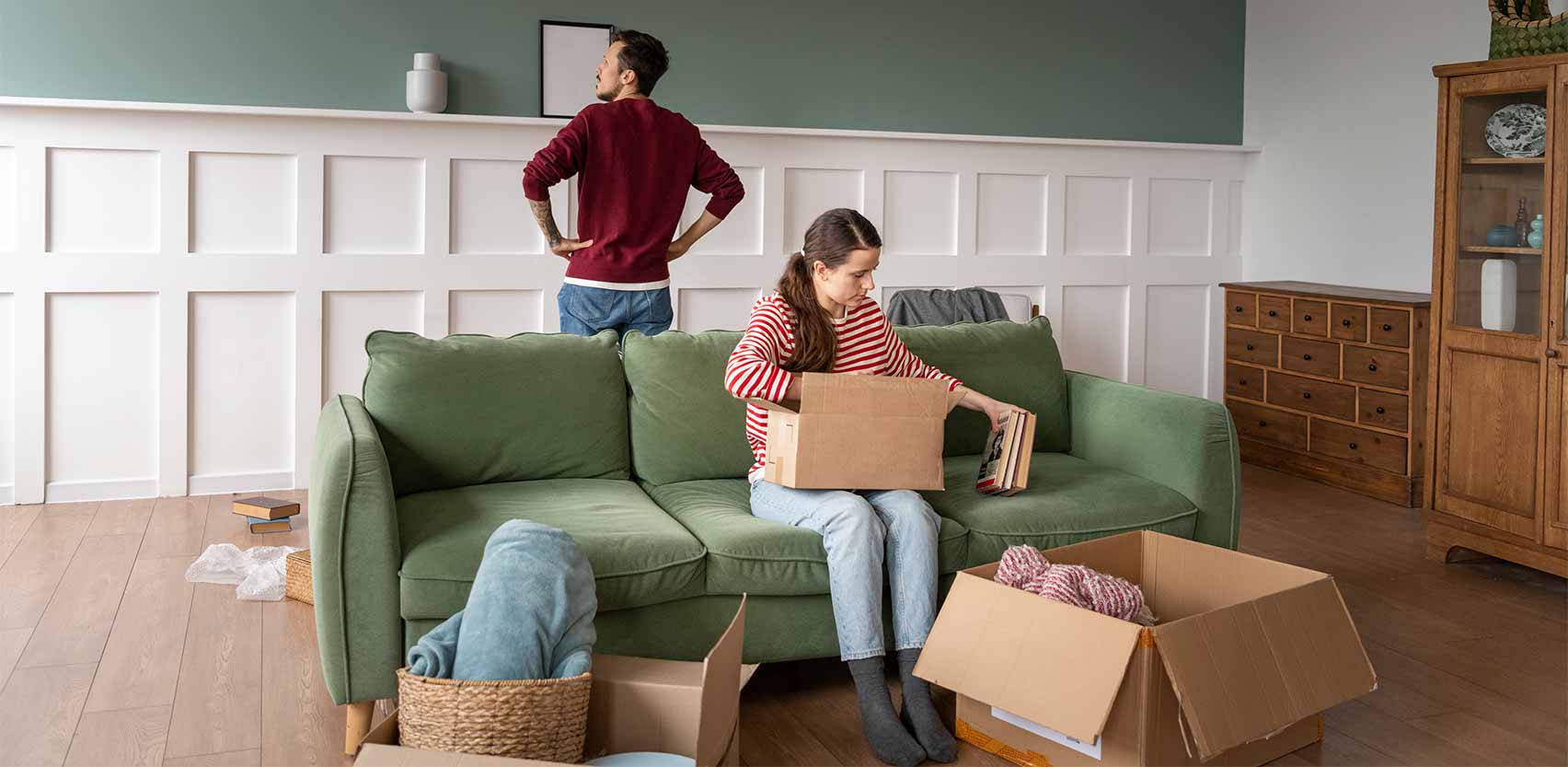
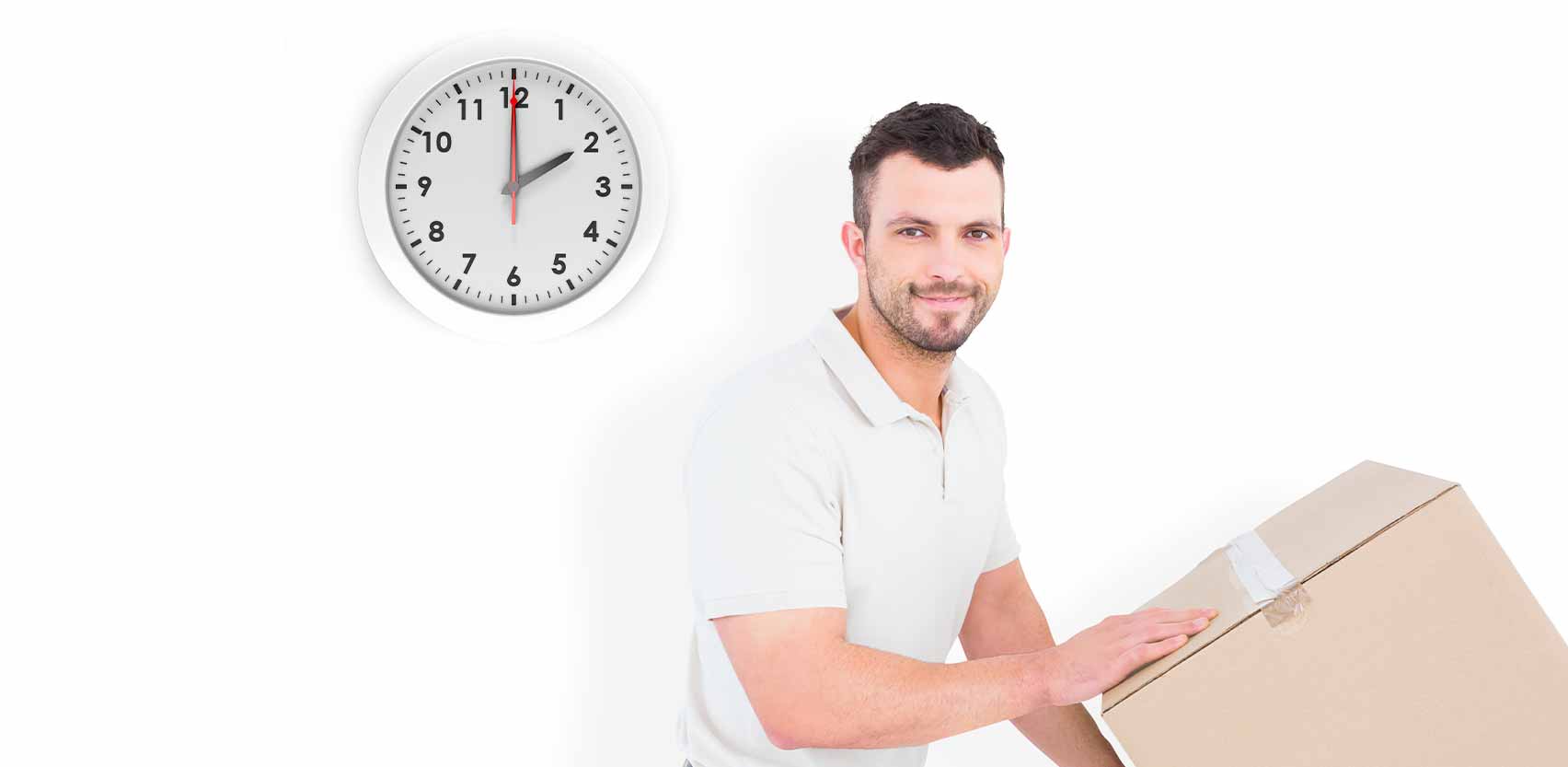
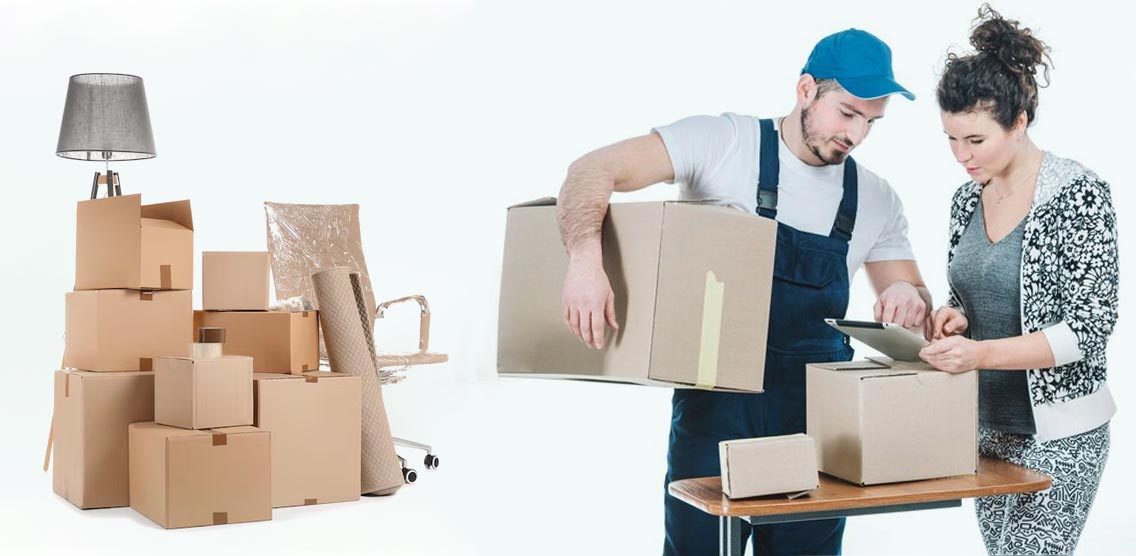

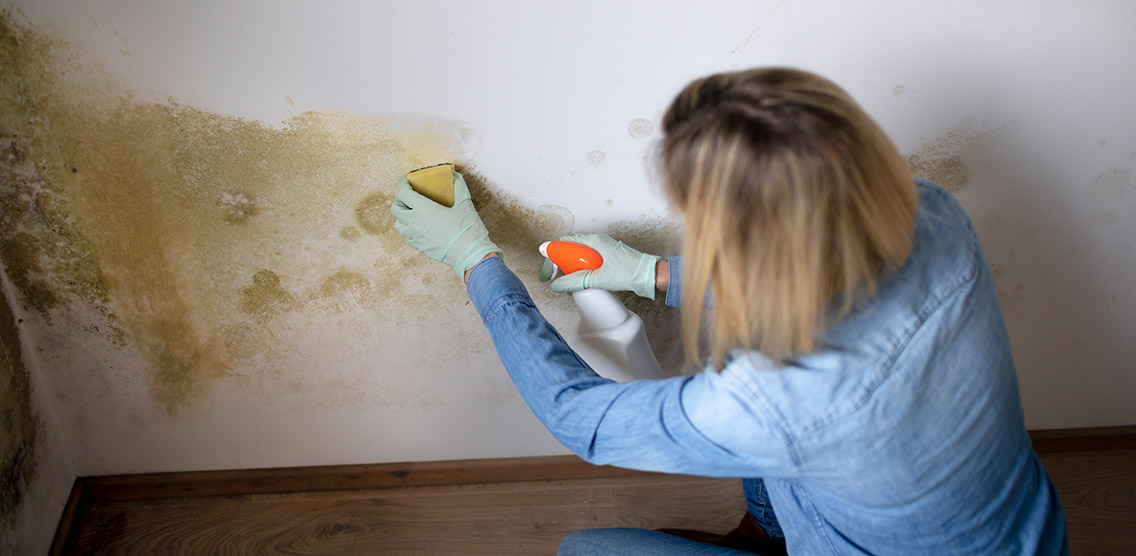

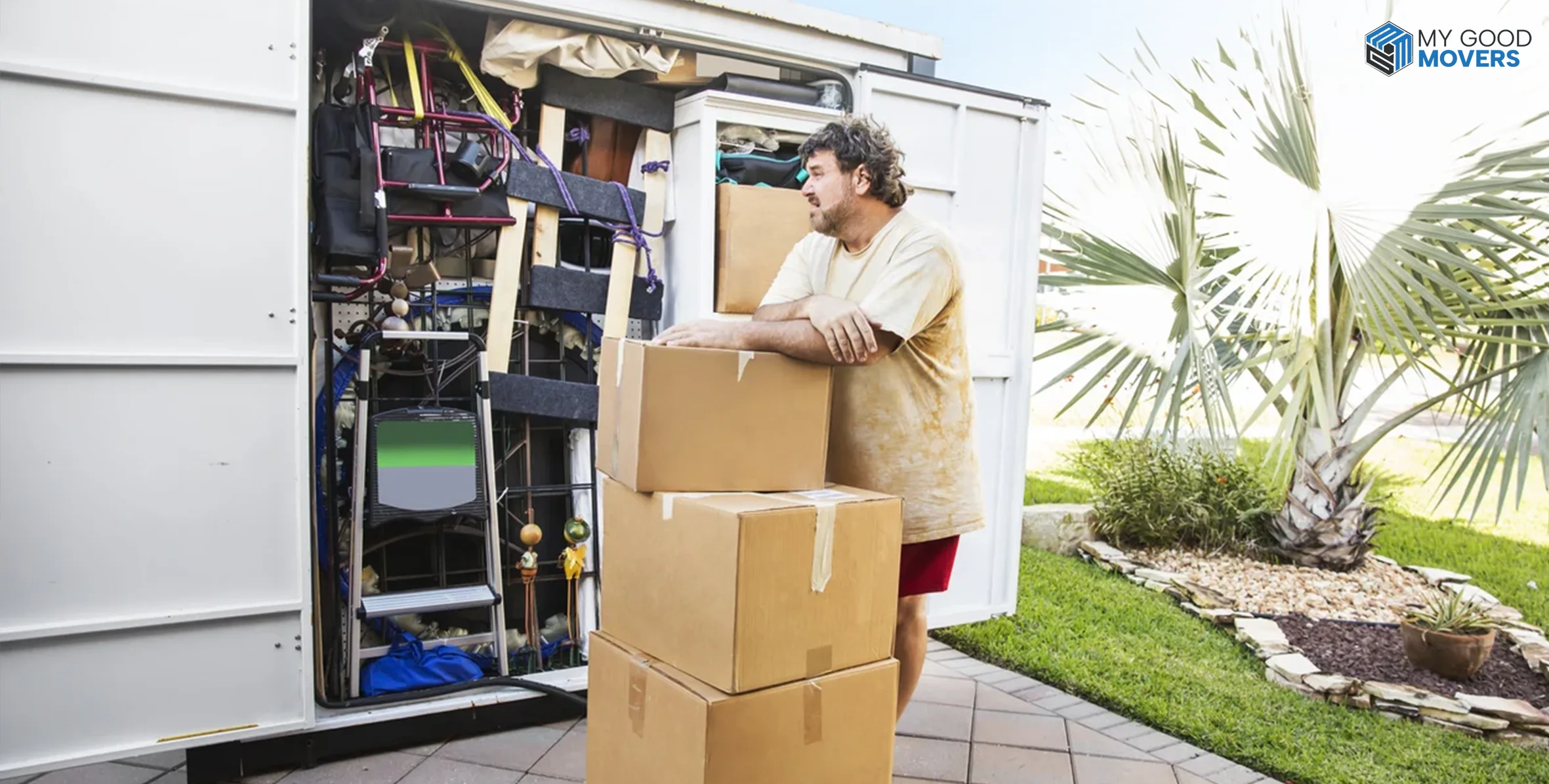

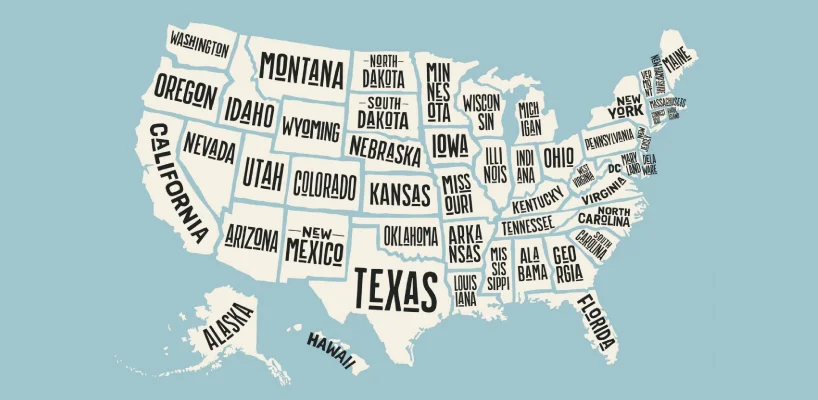

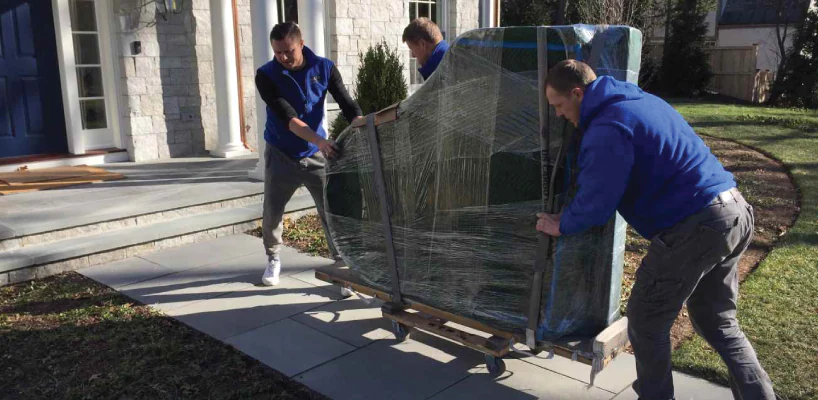

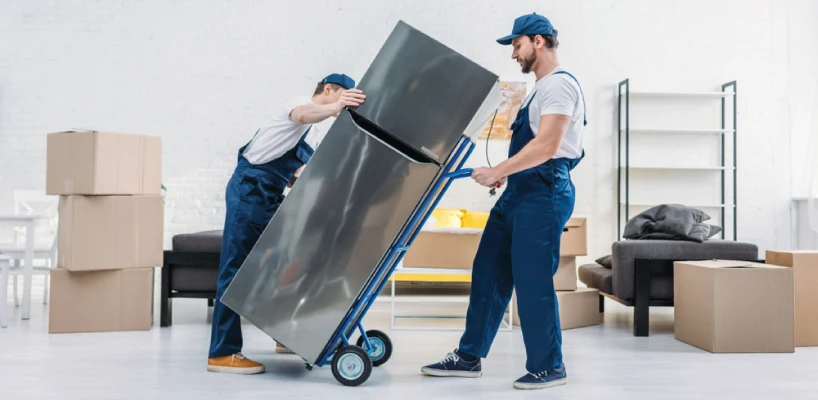

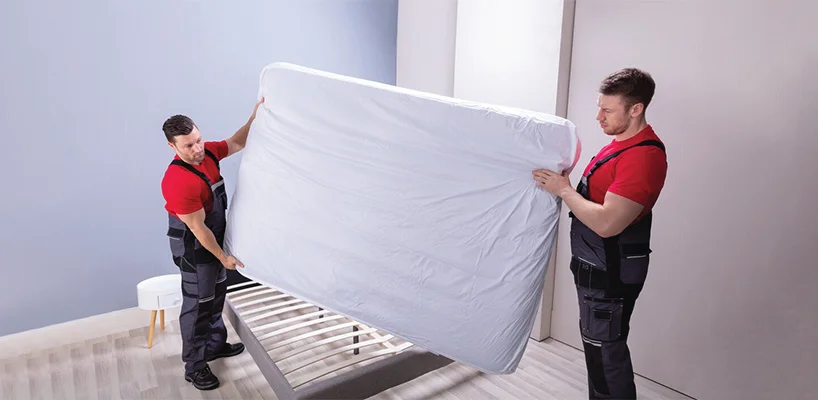
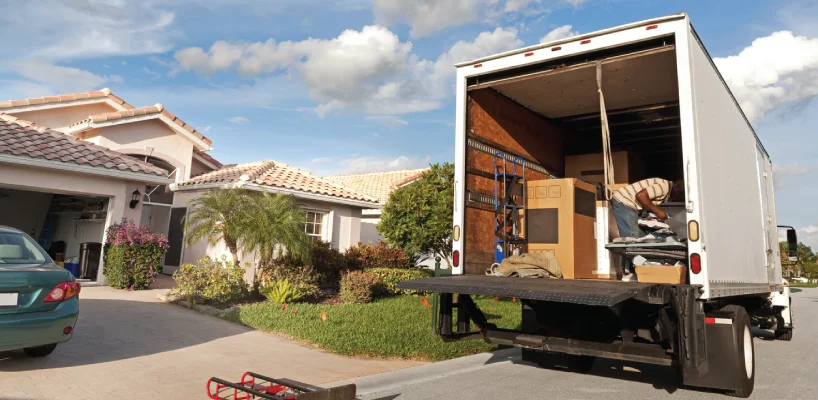
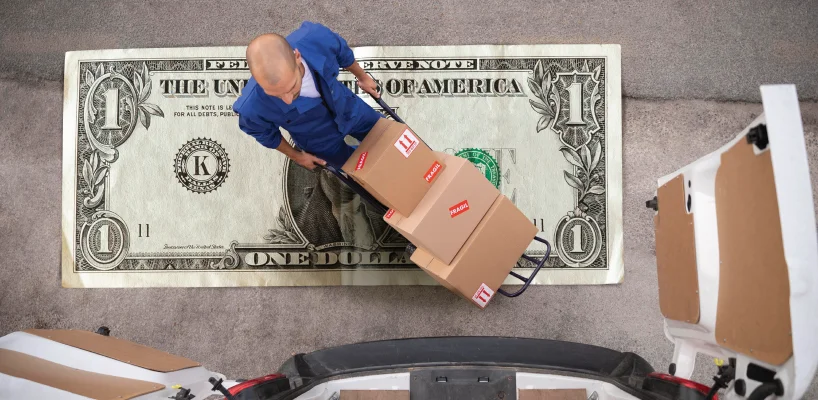
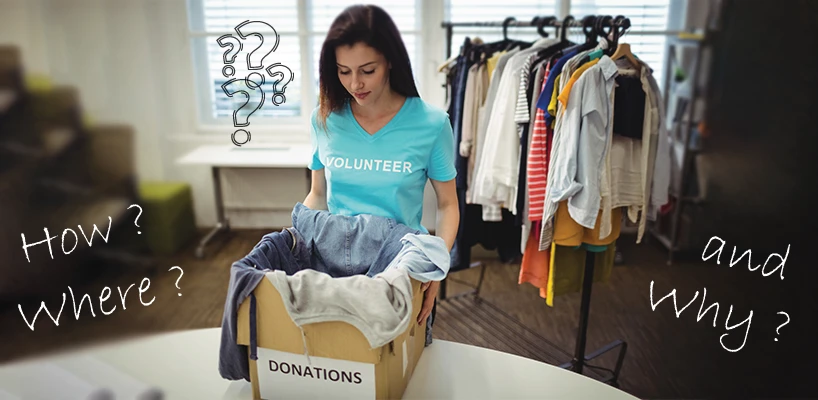
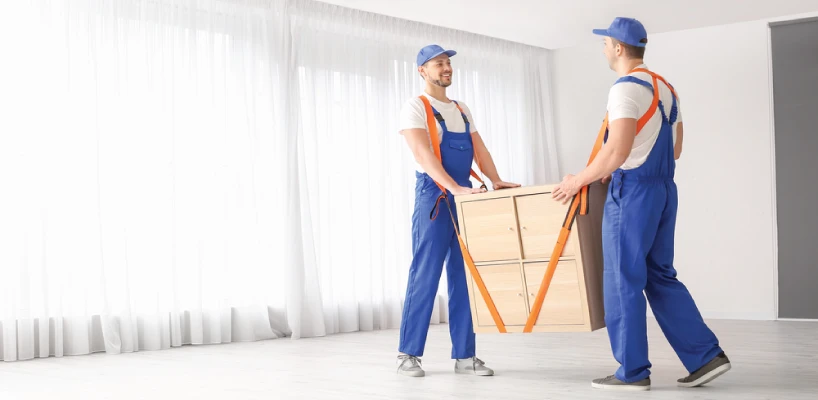
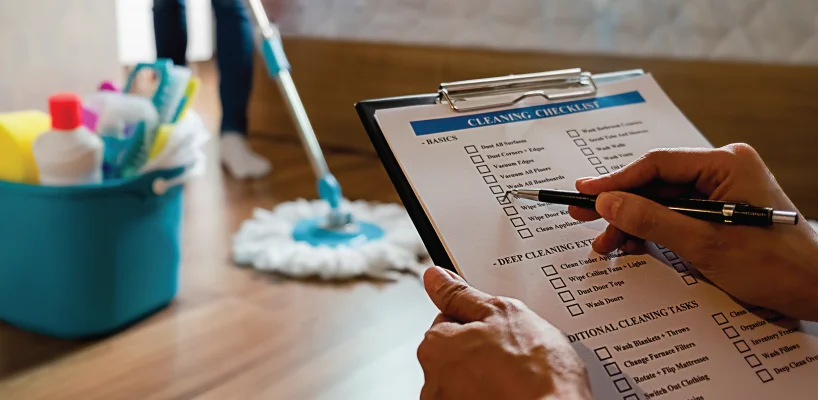
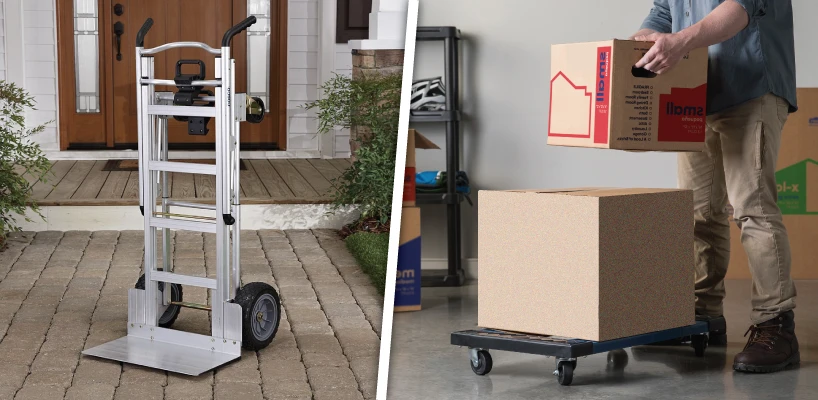
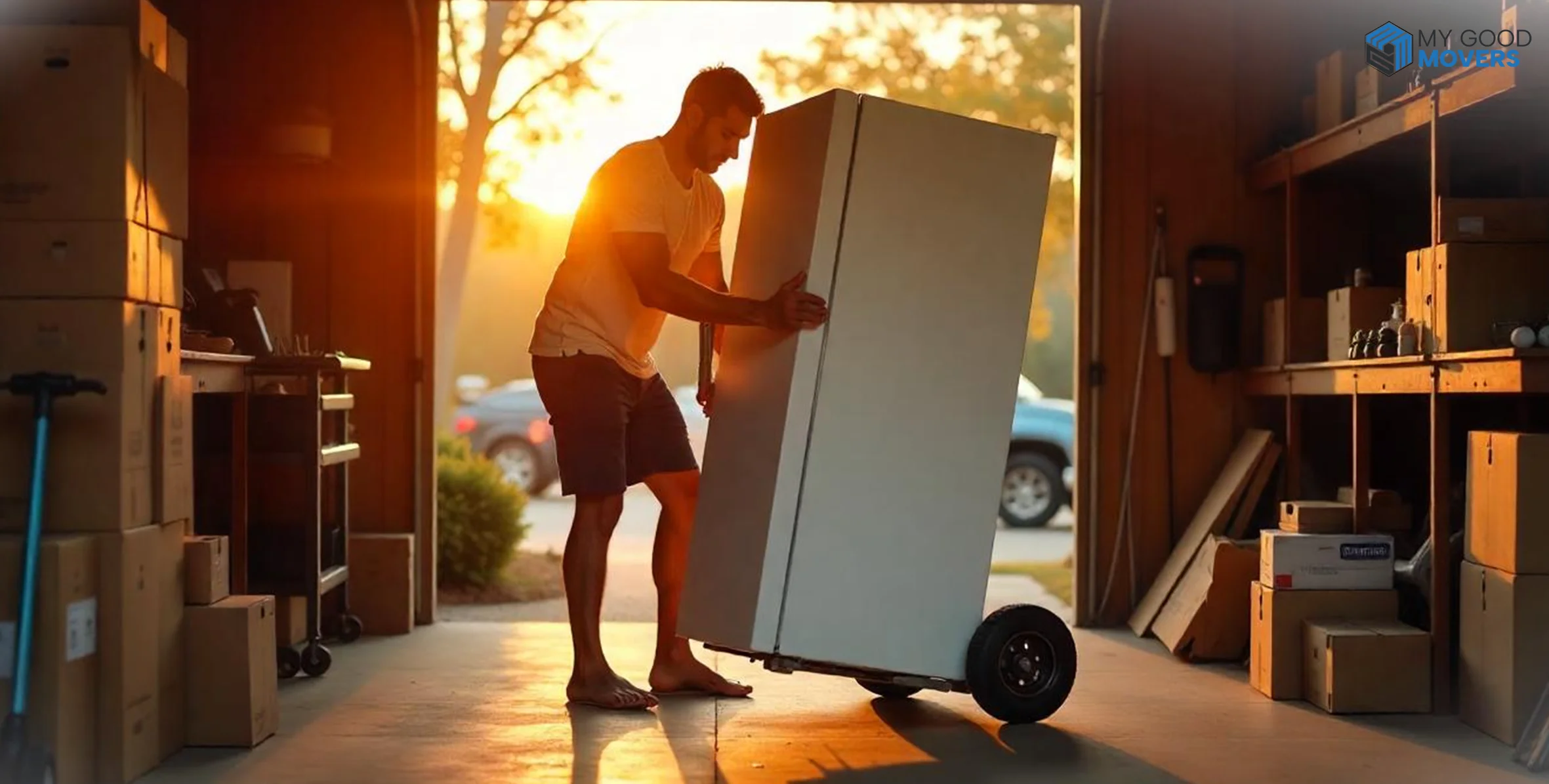
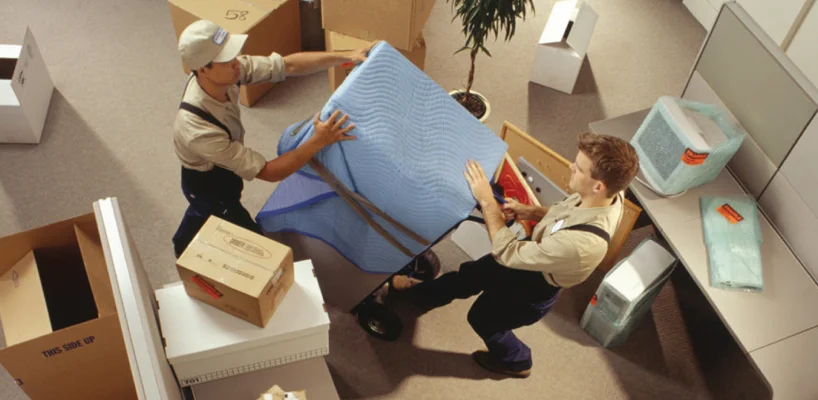


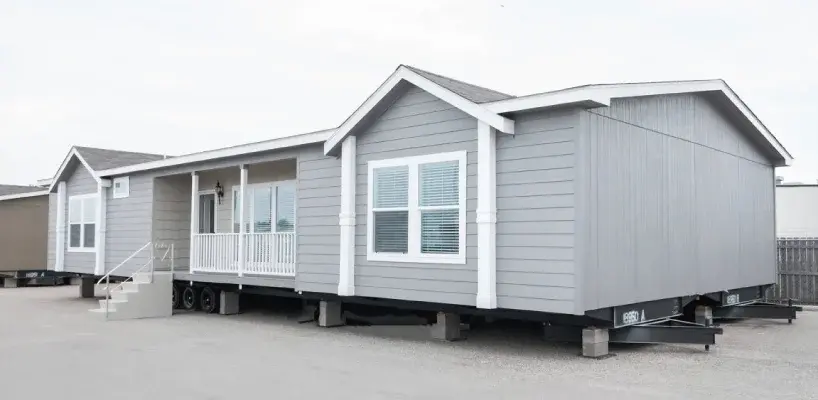


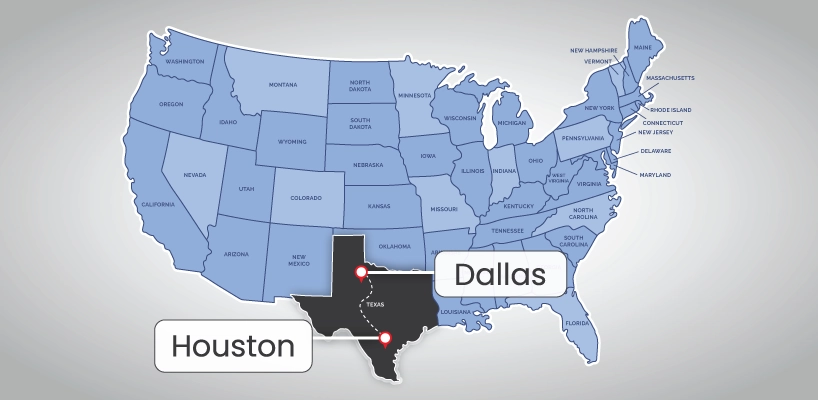

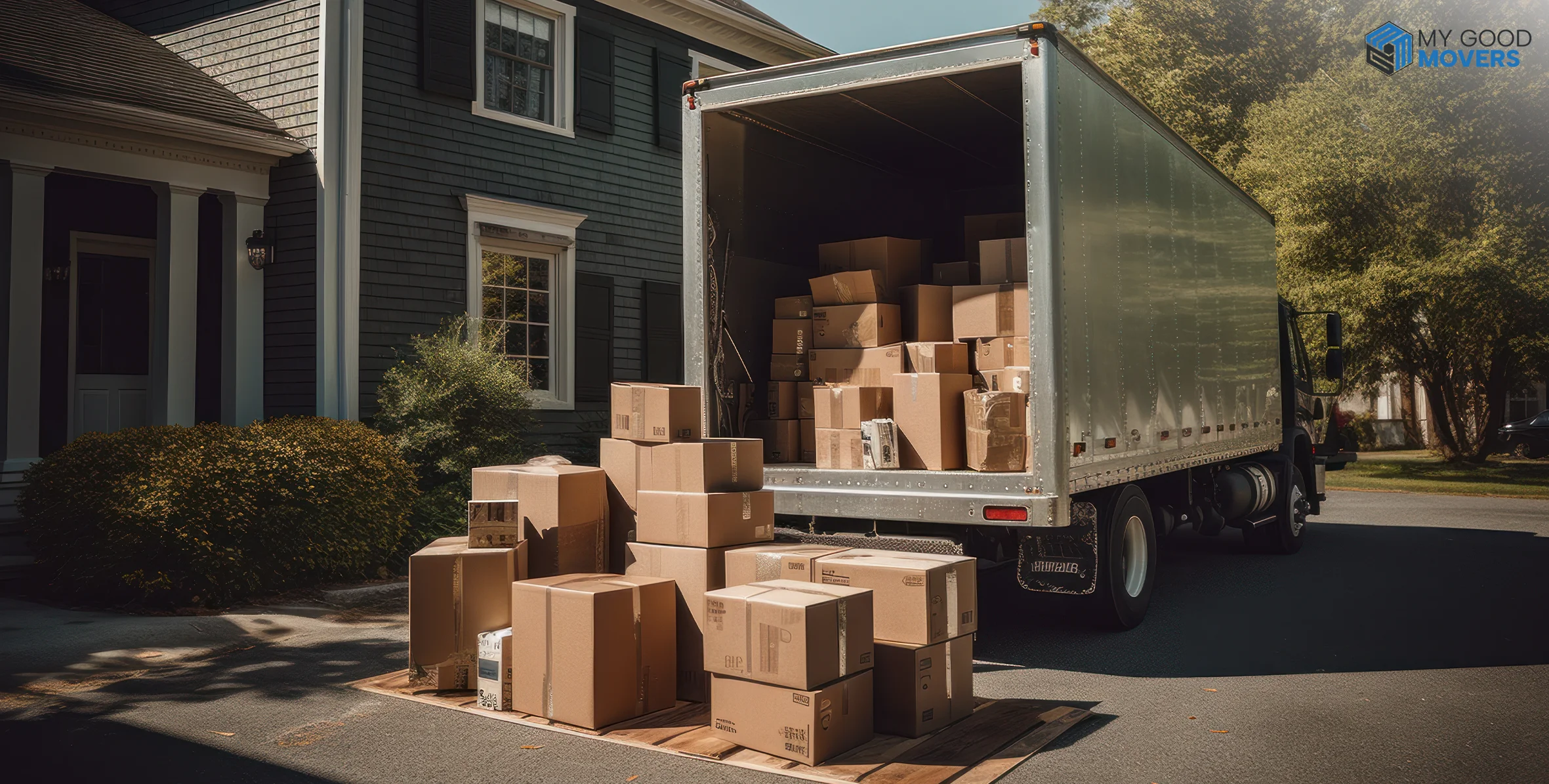
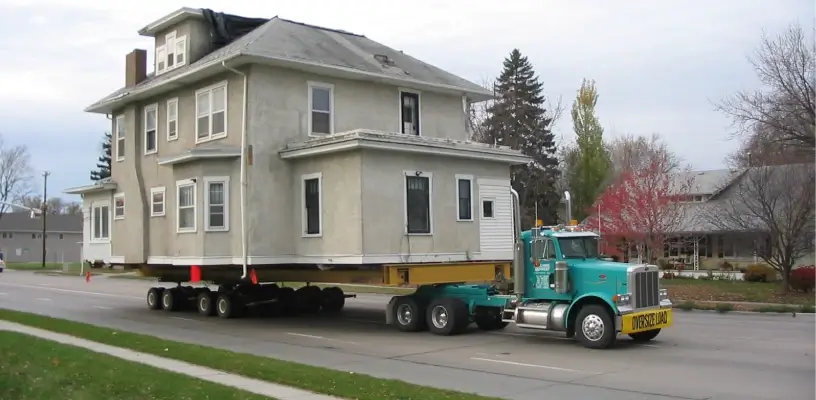
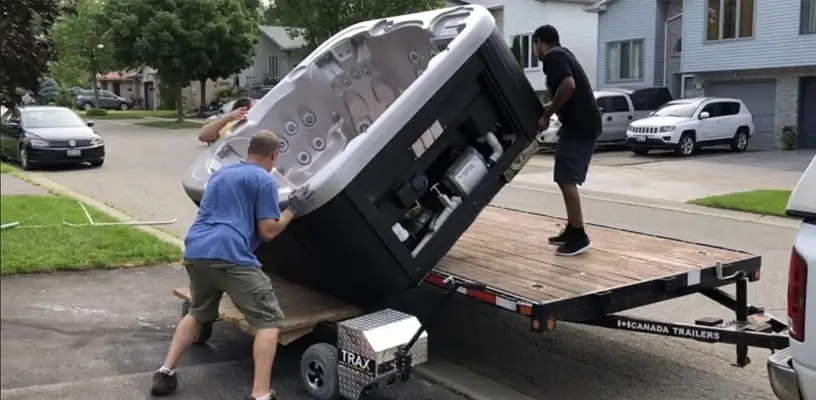

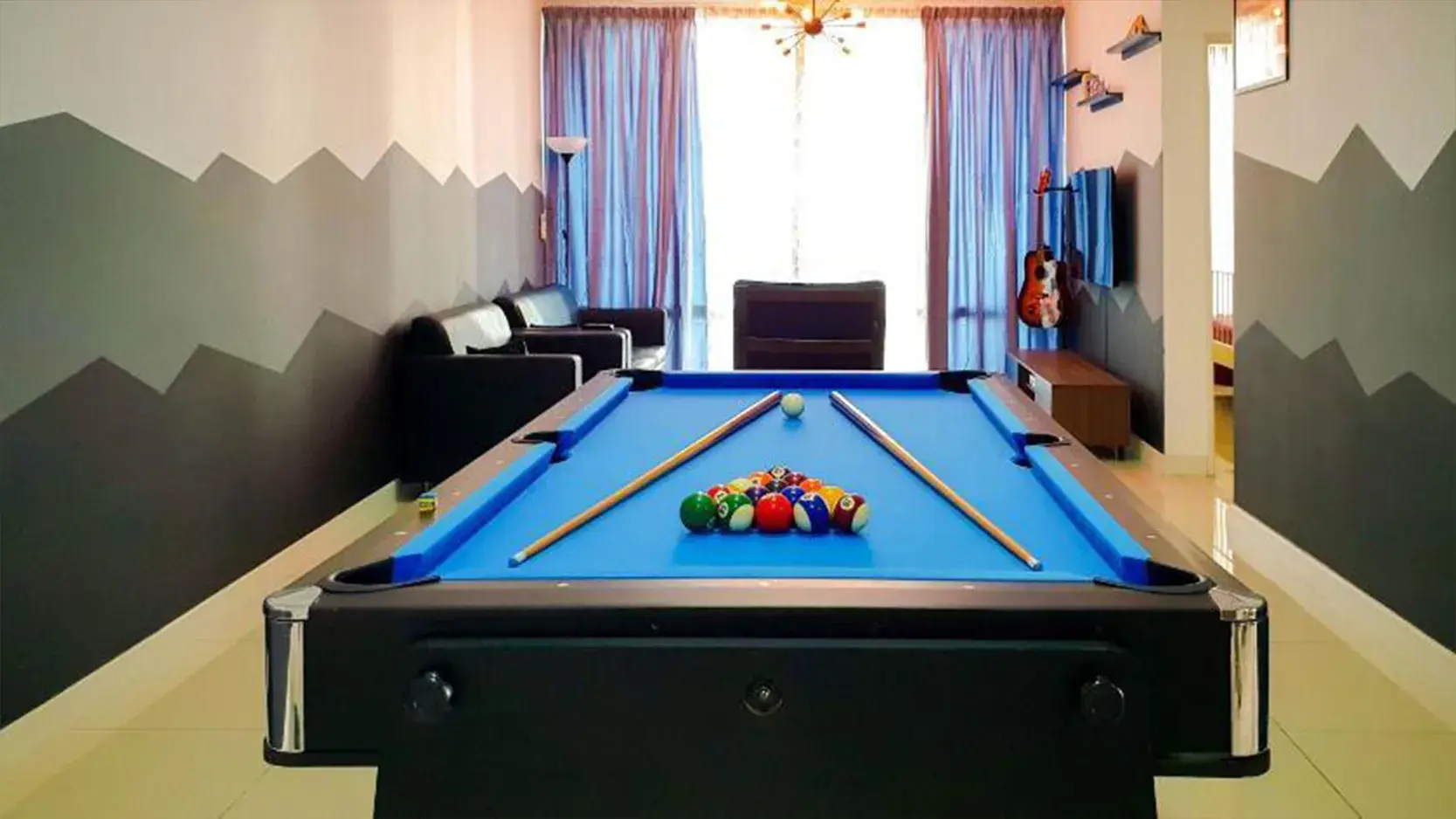
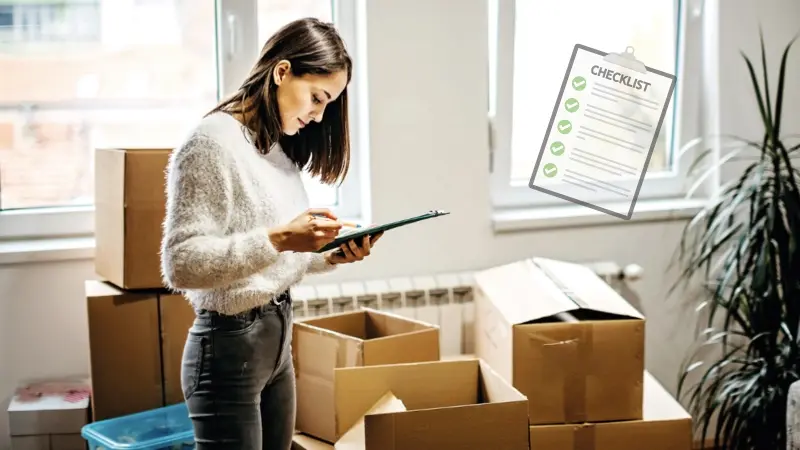

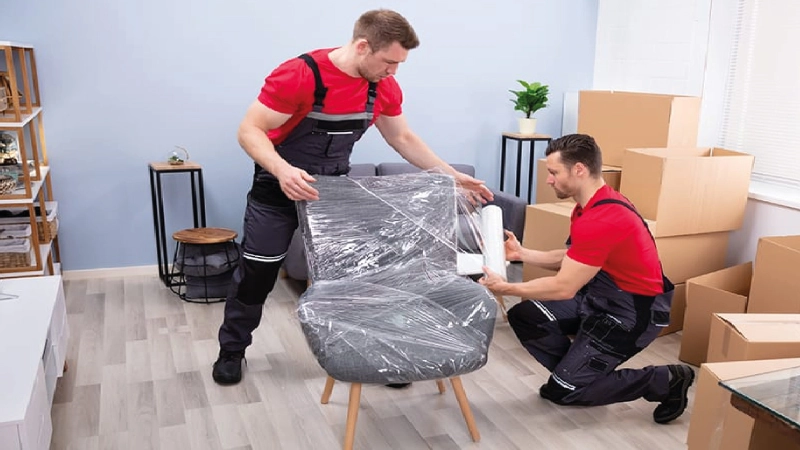

 (239) 799–6077
(239) 799–6077